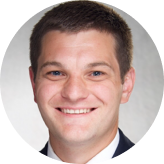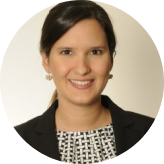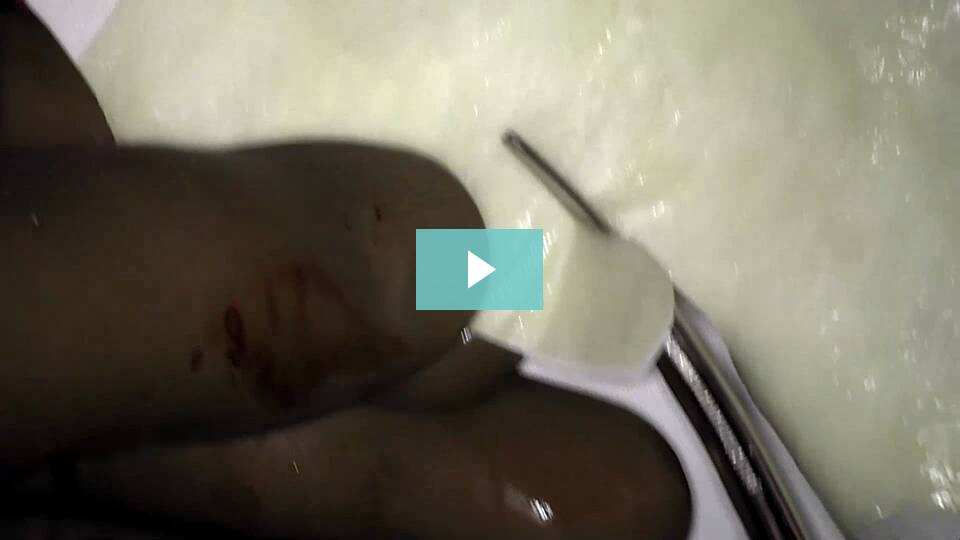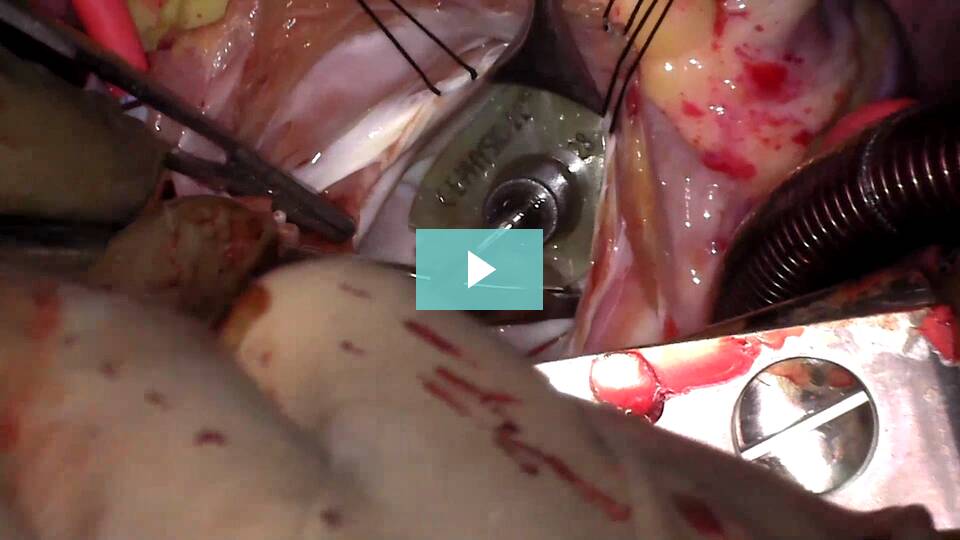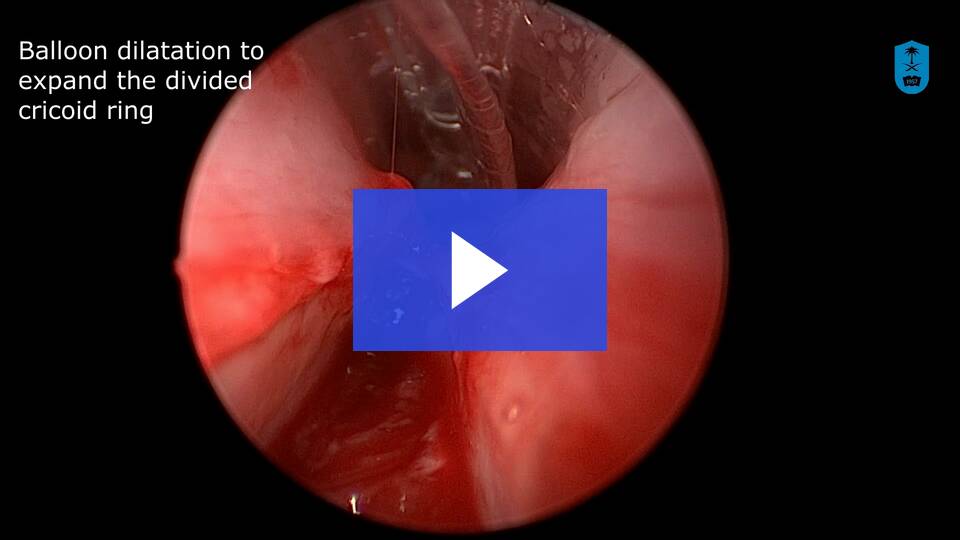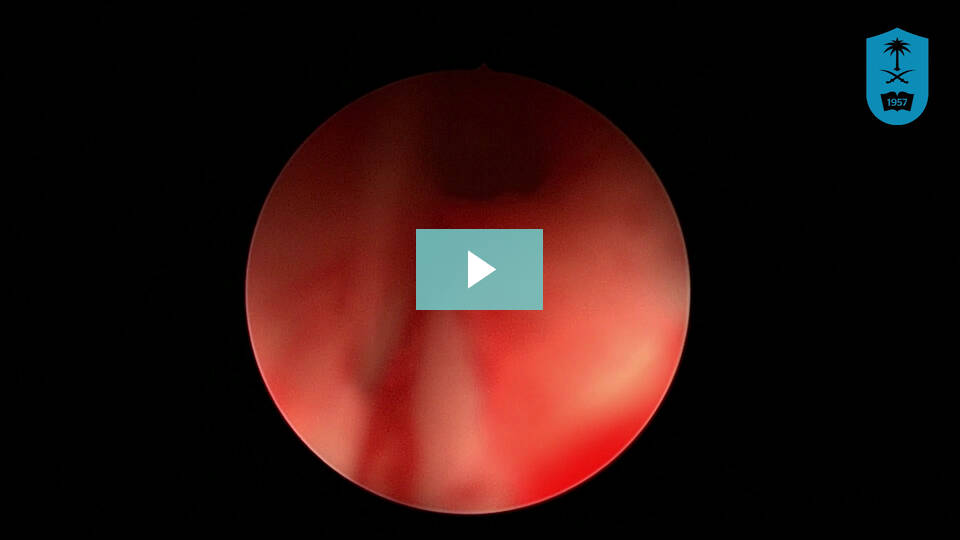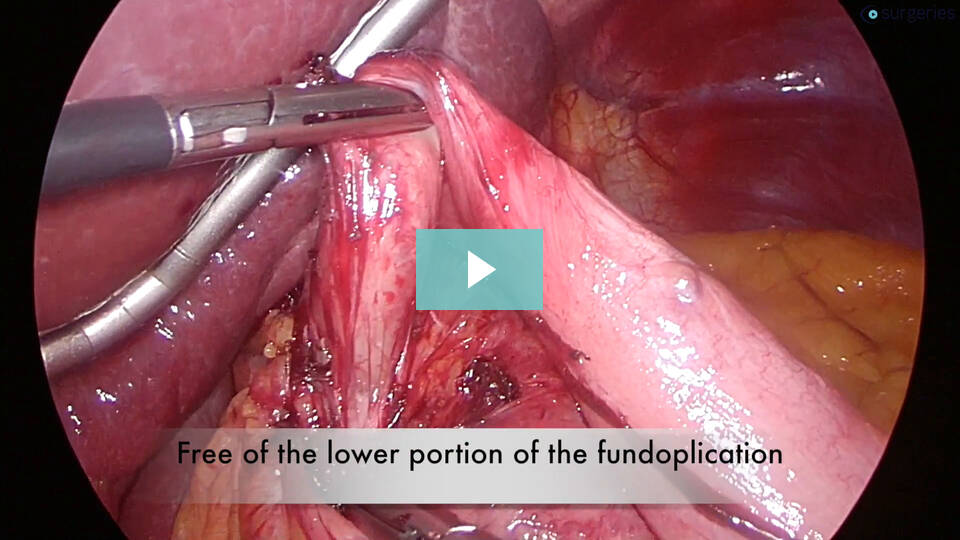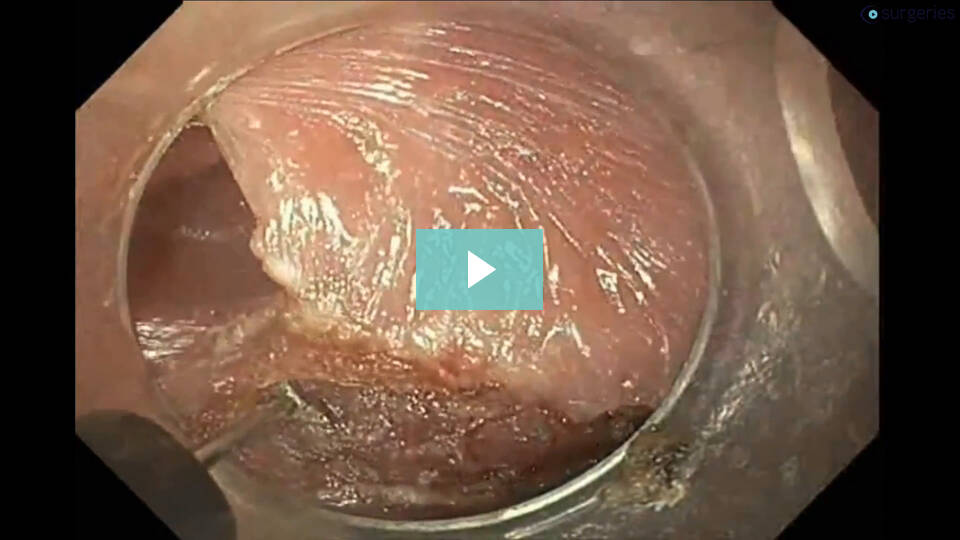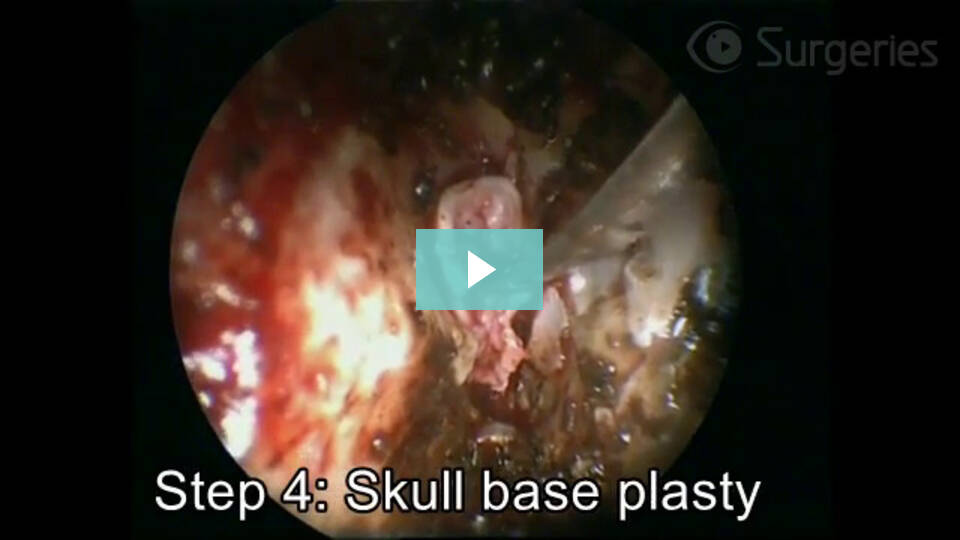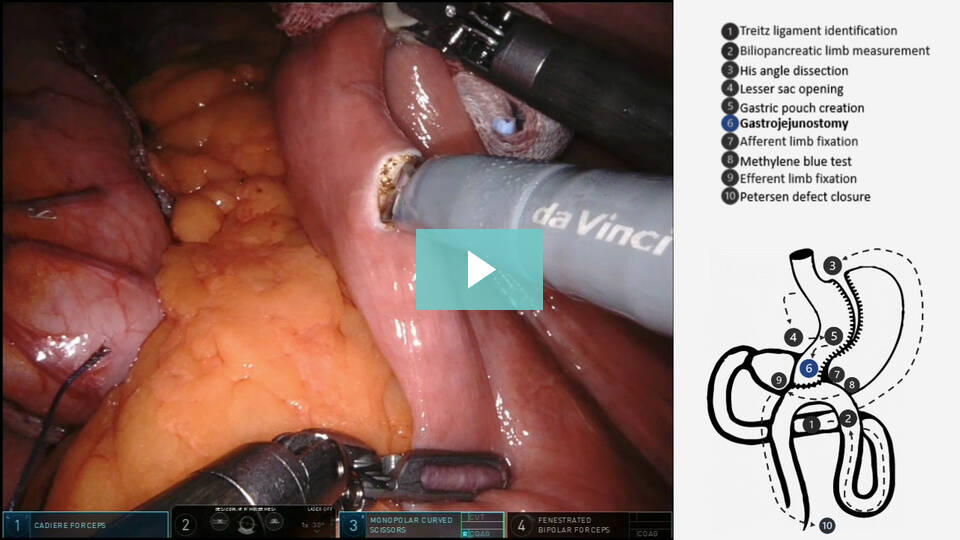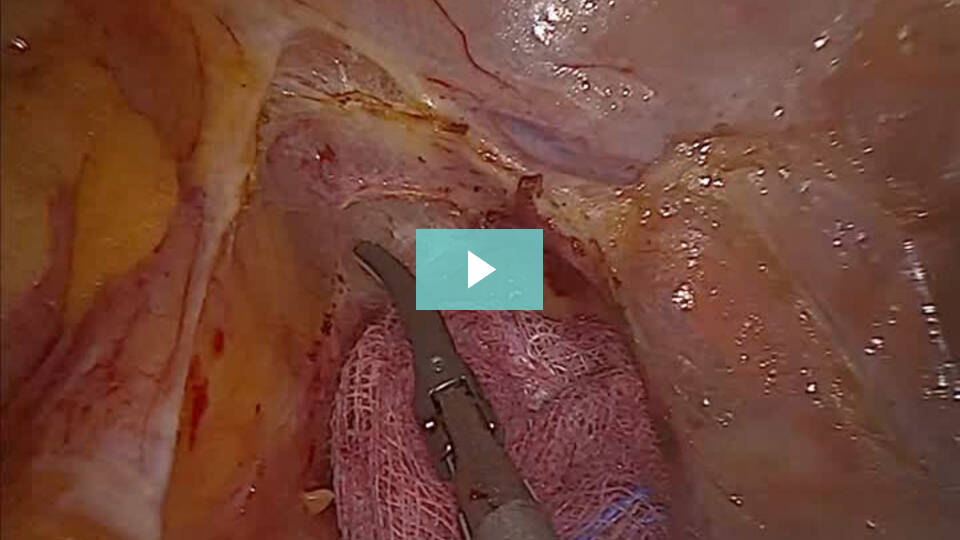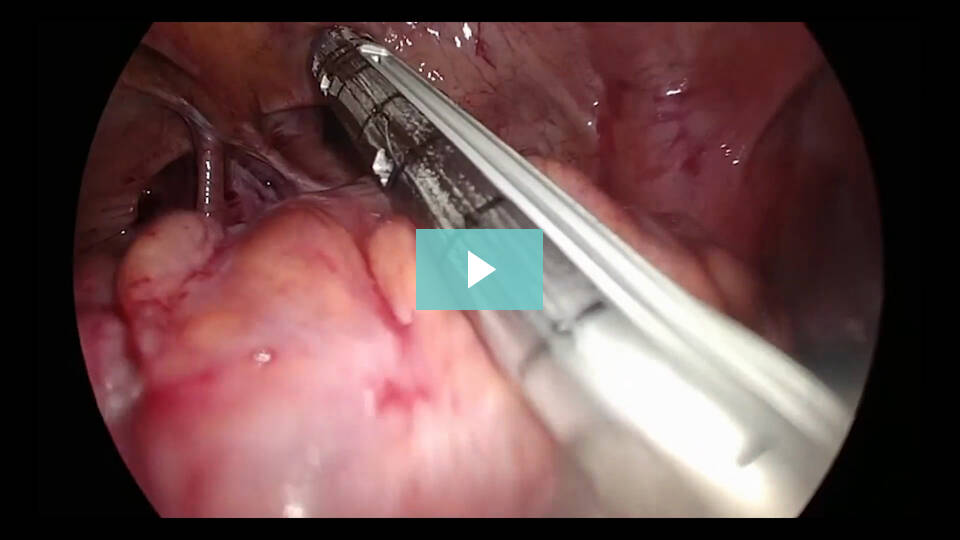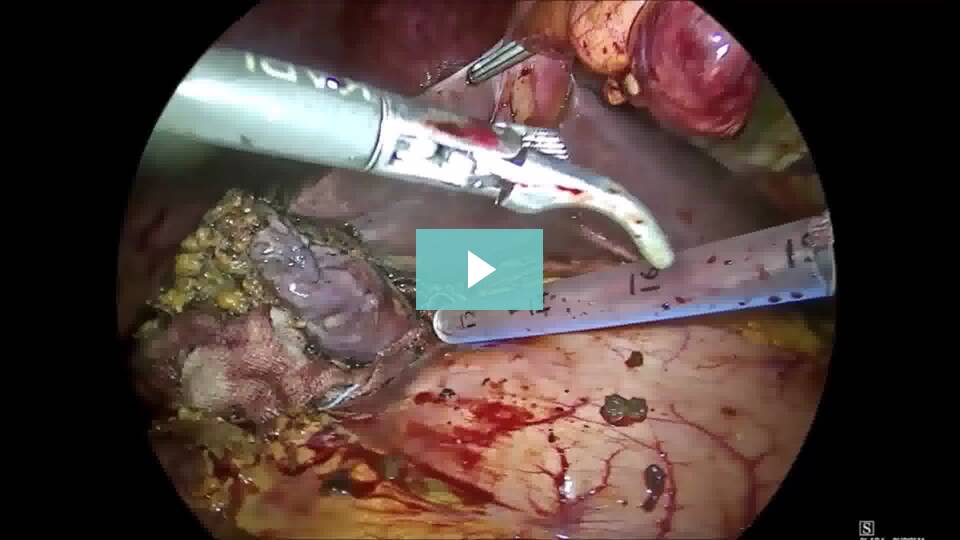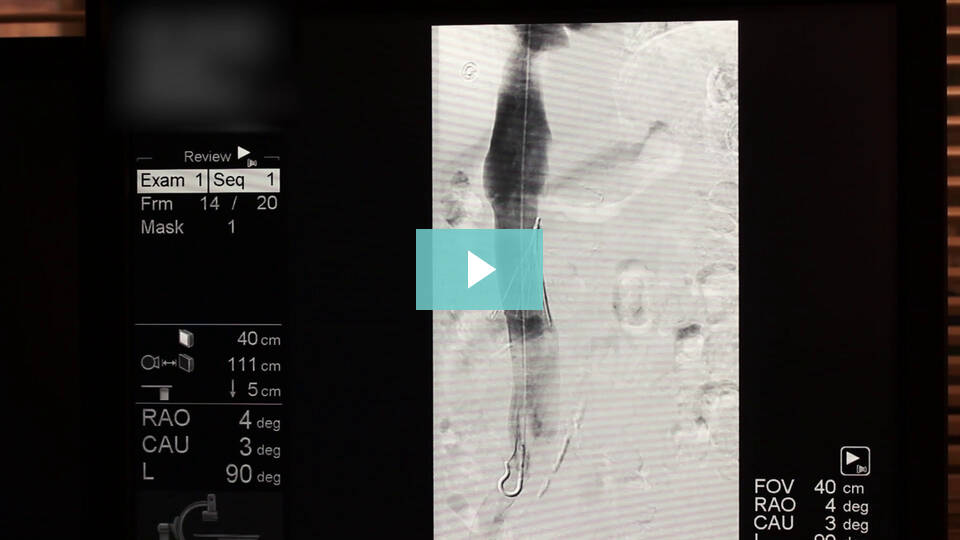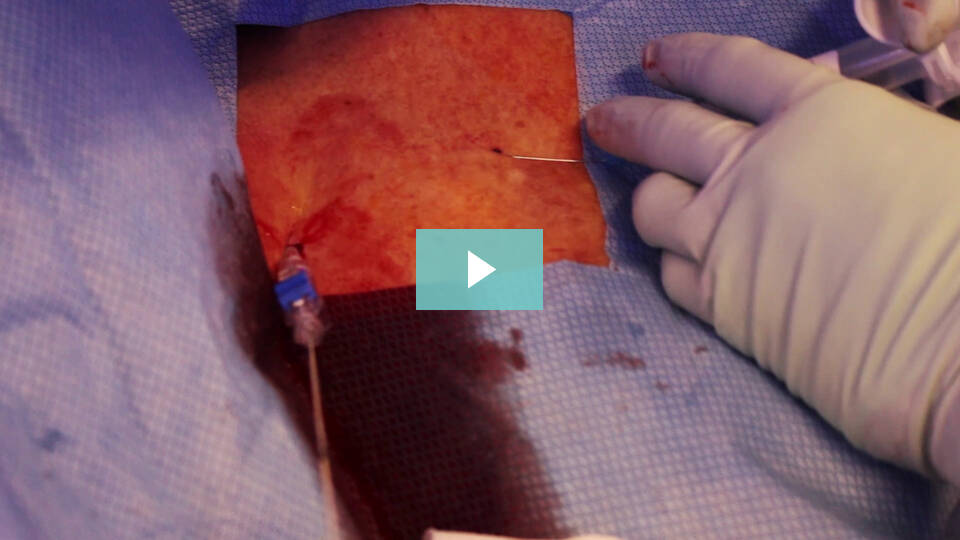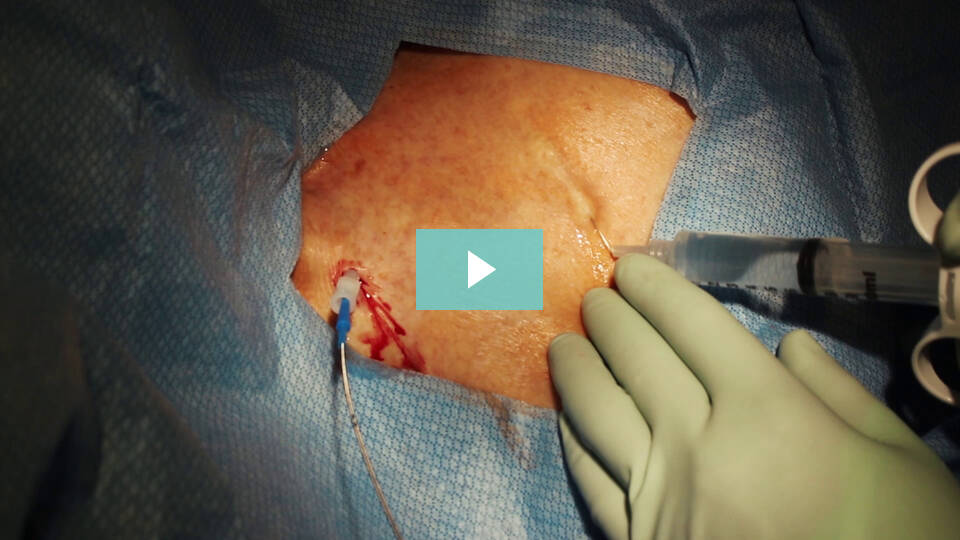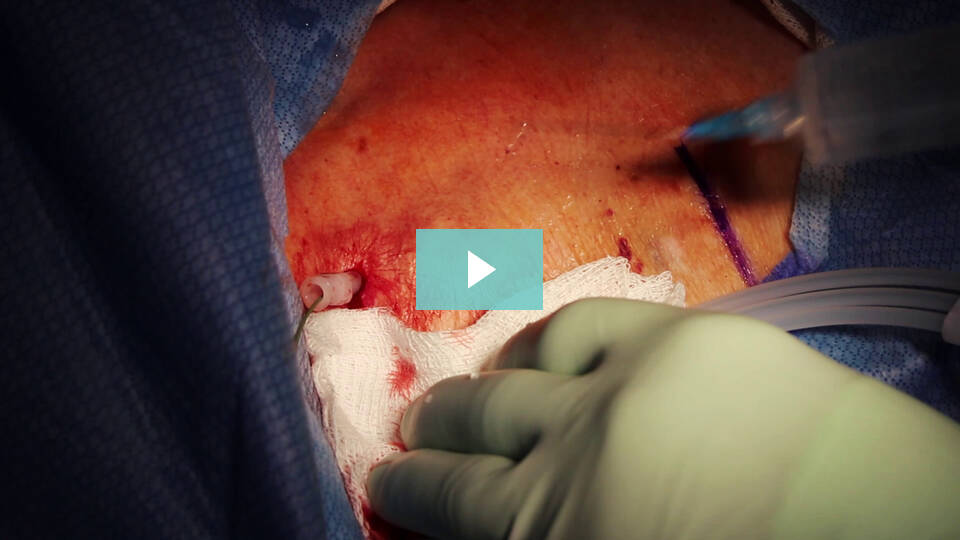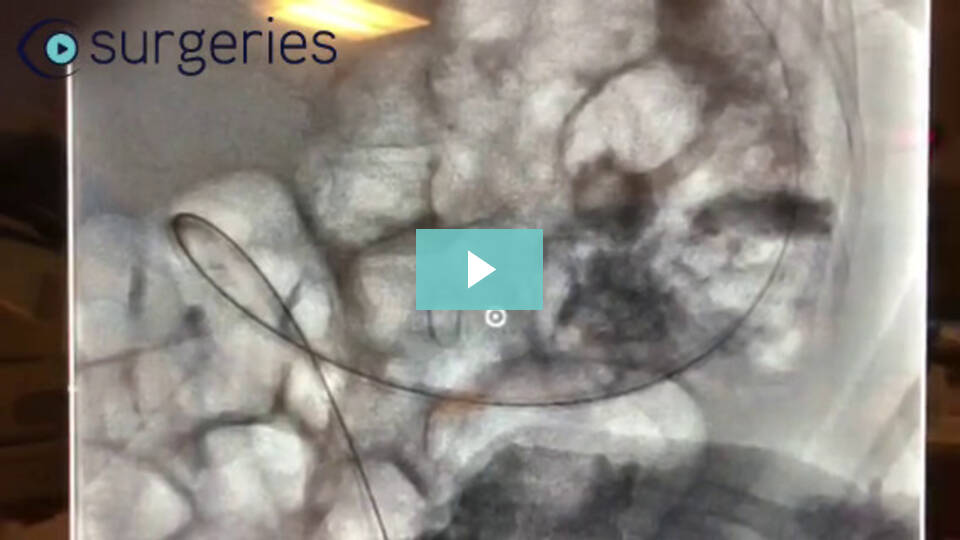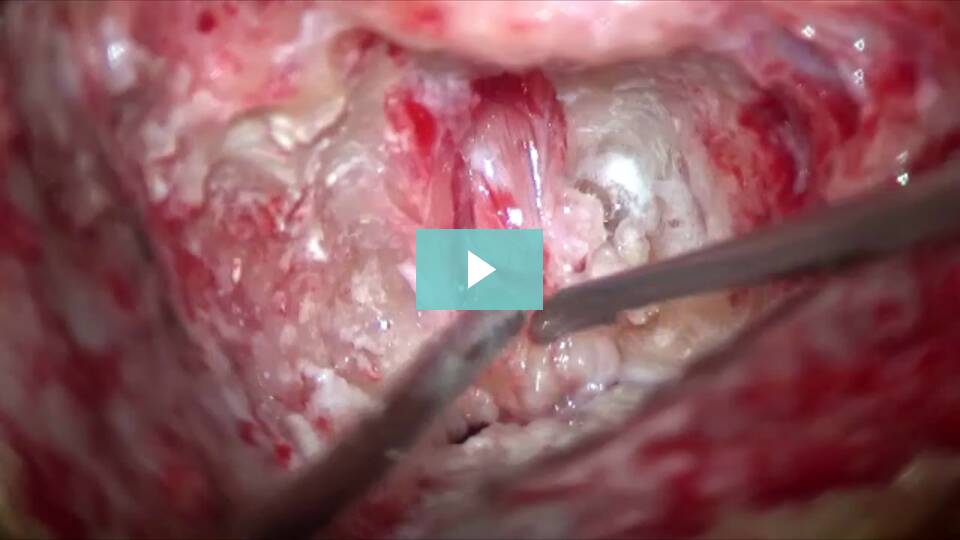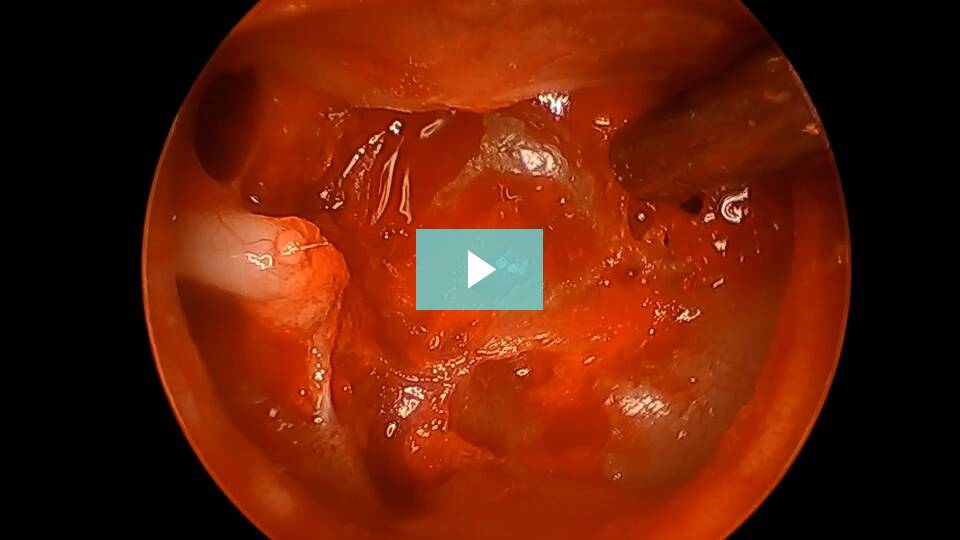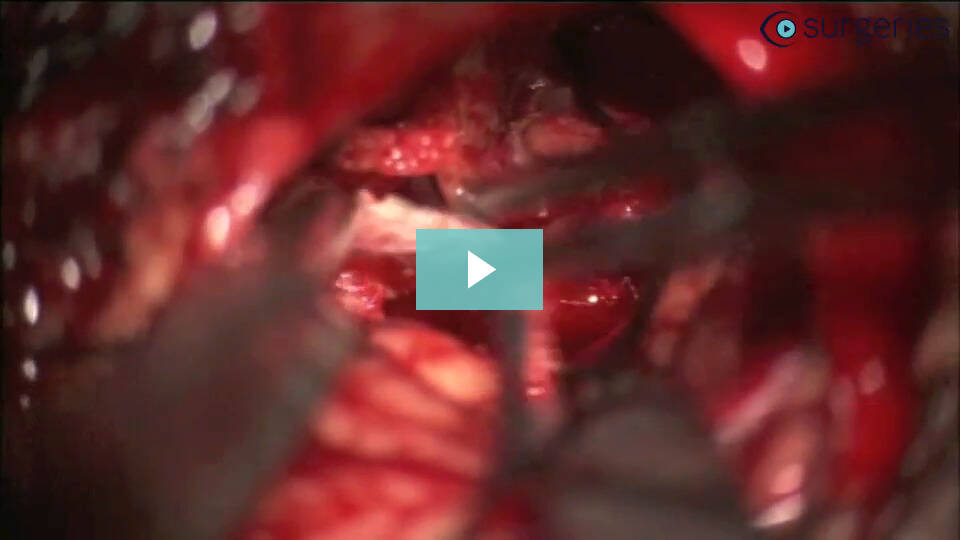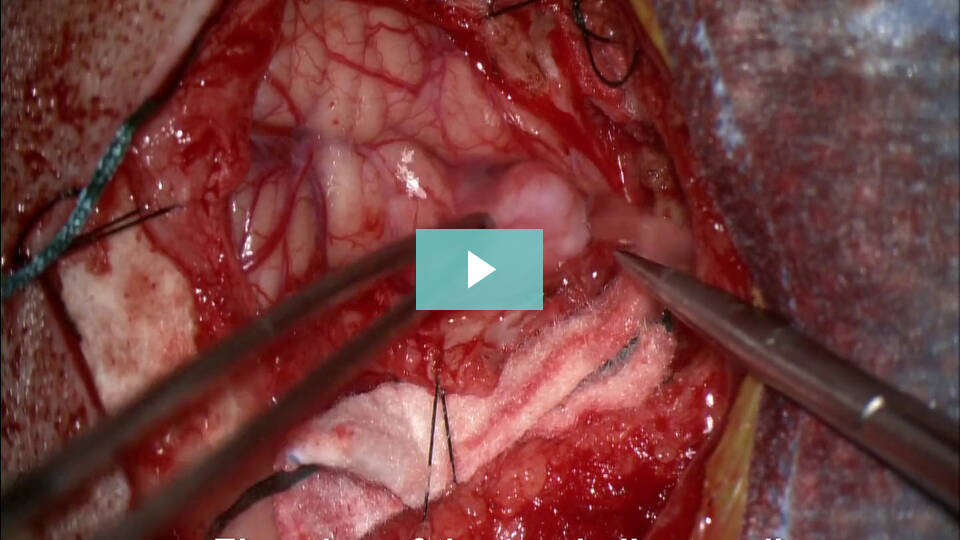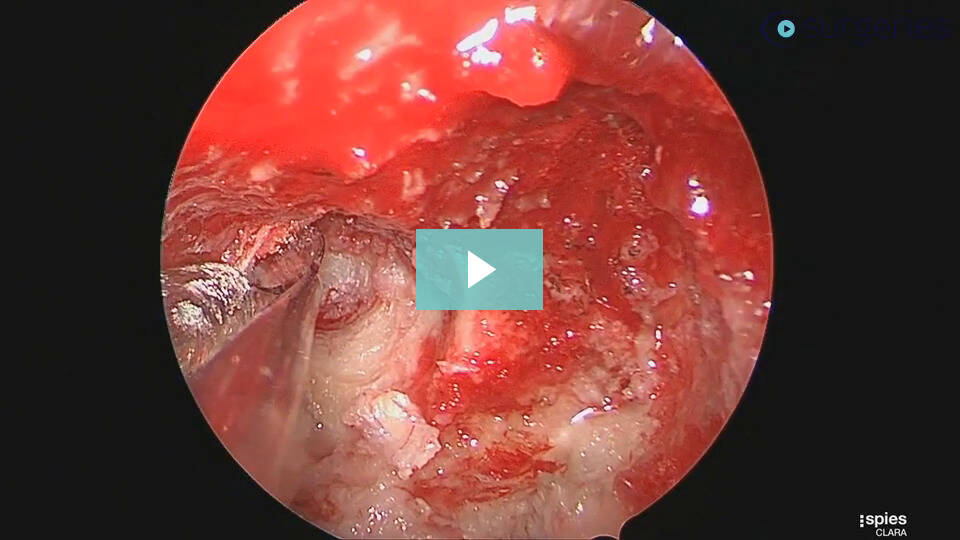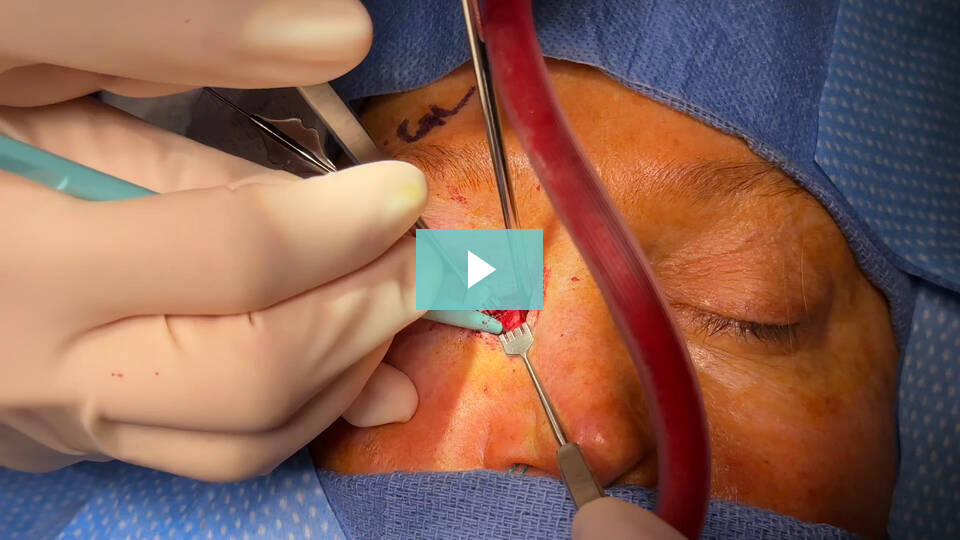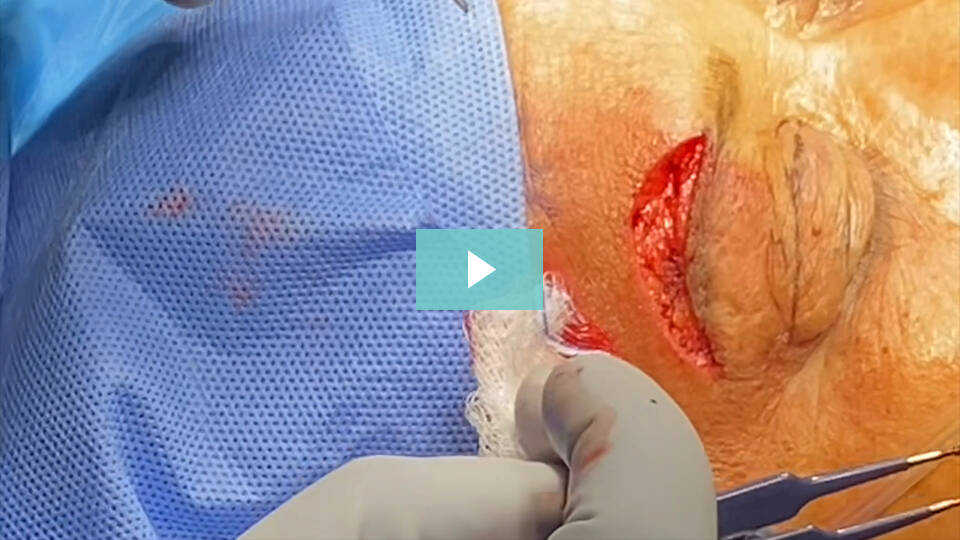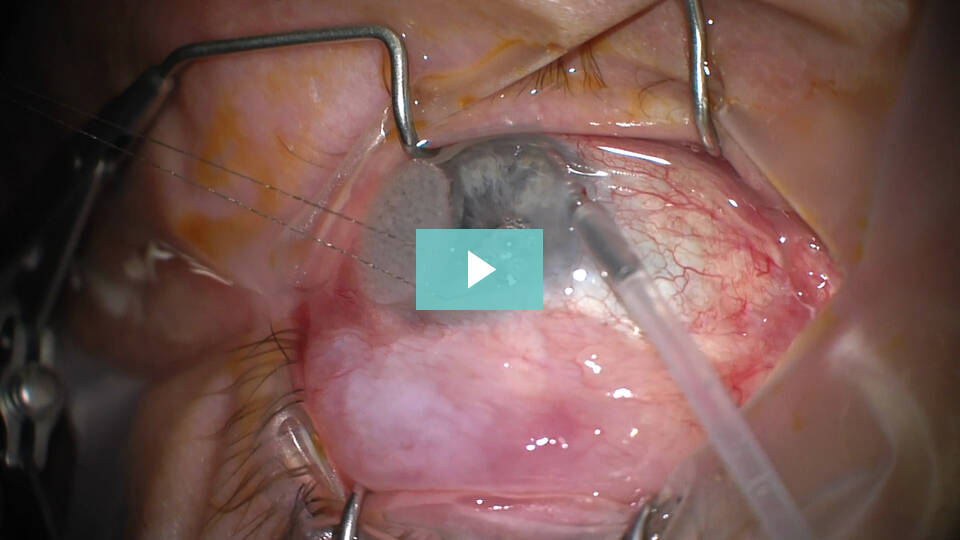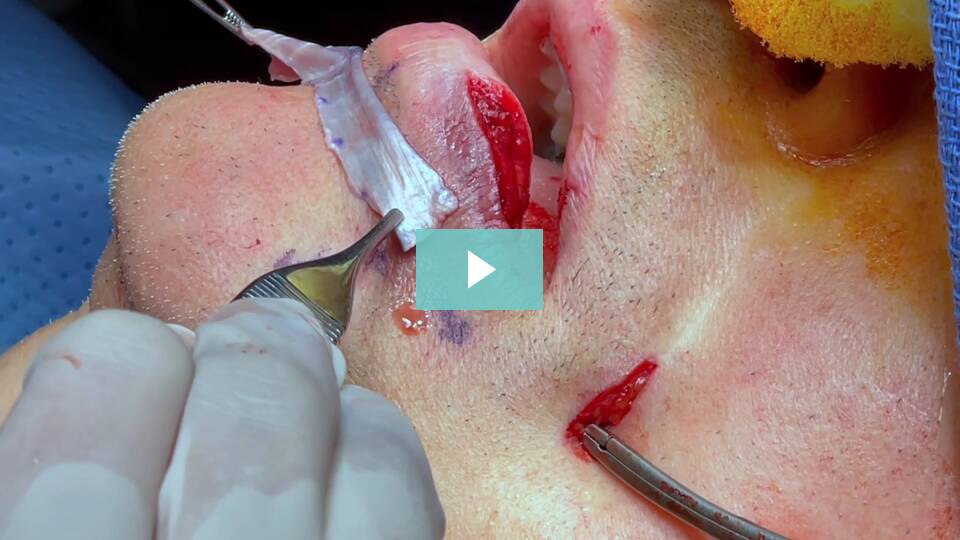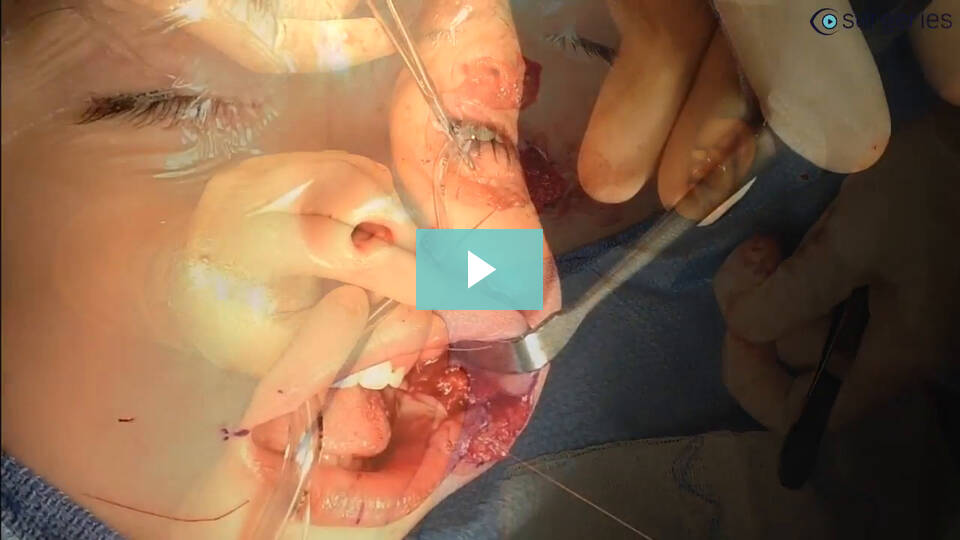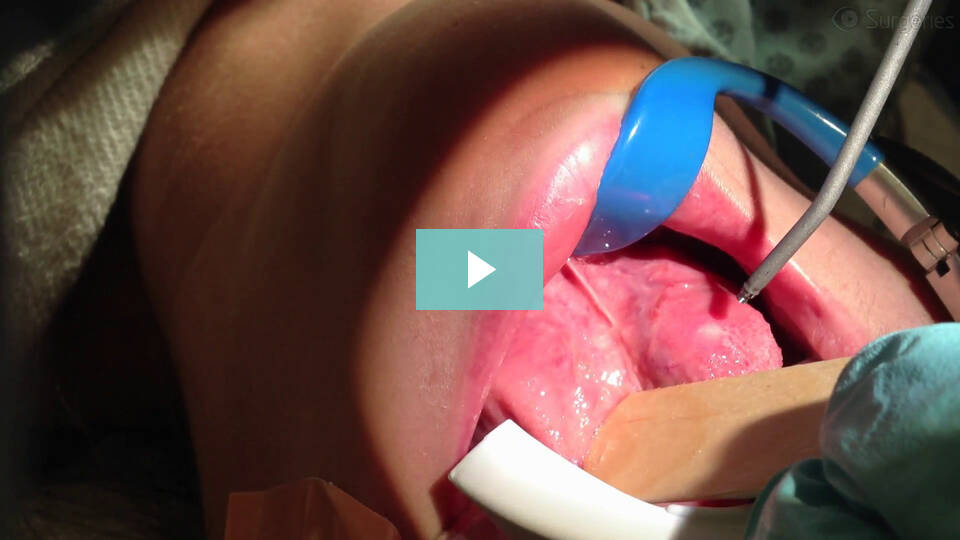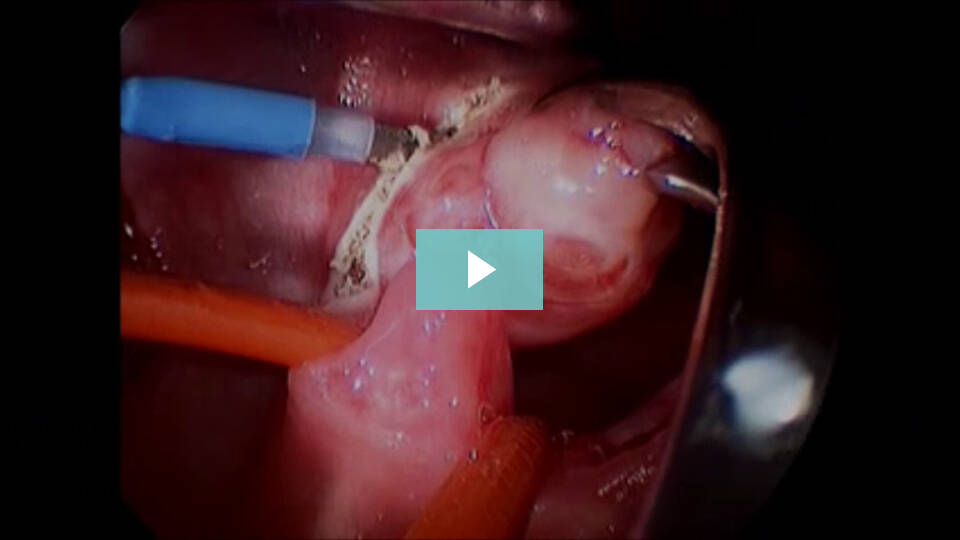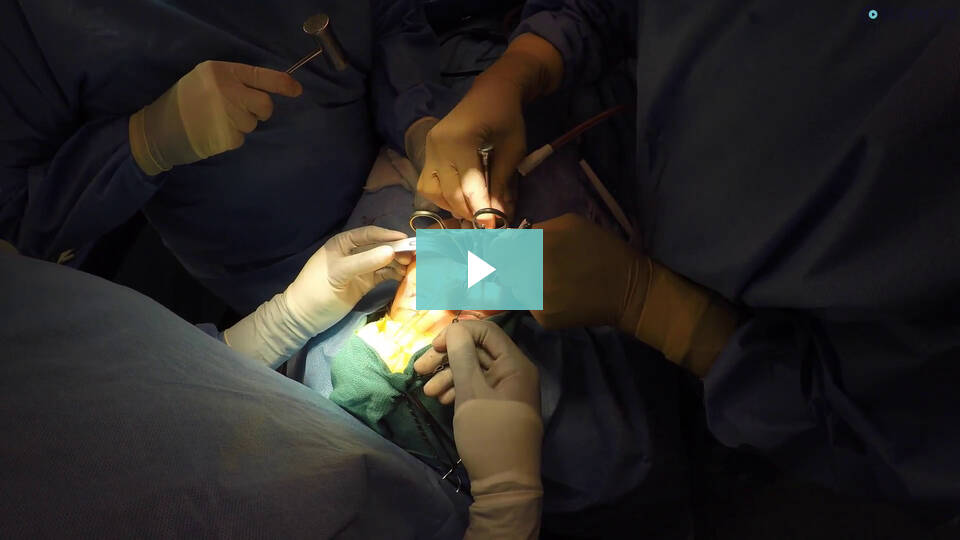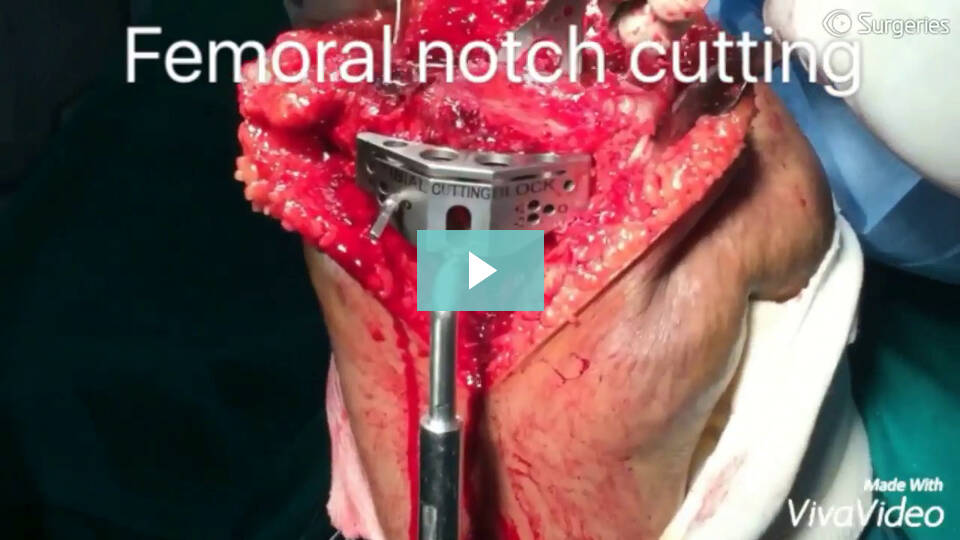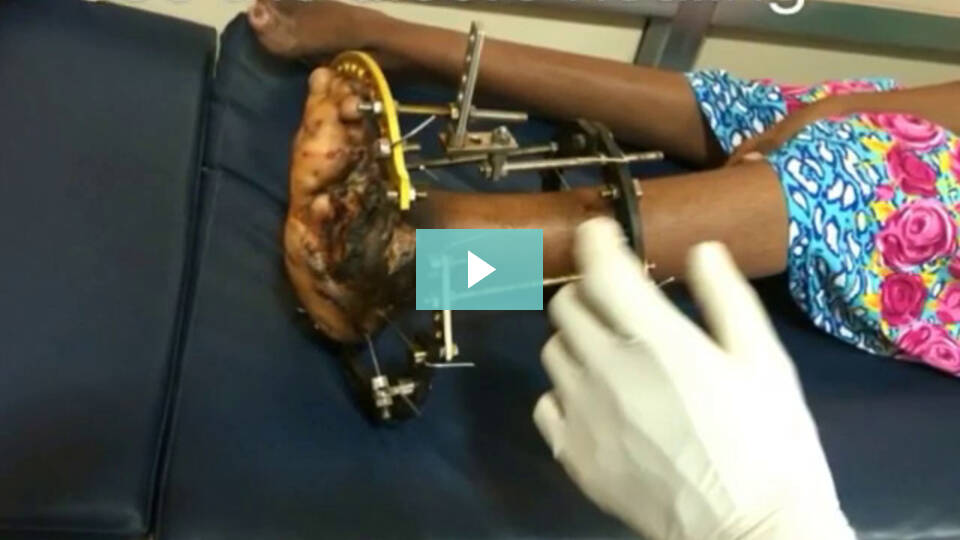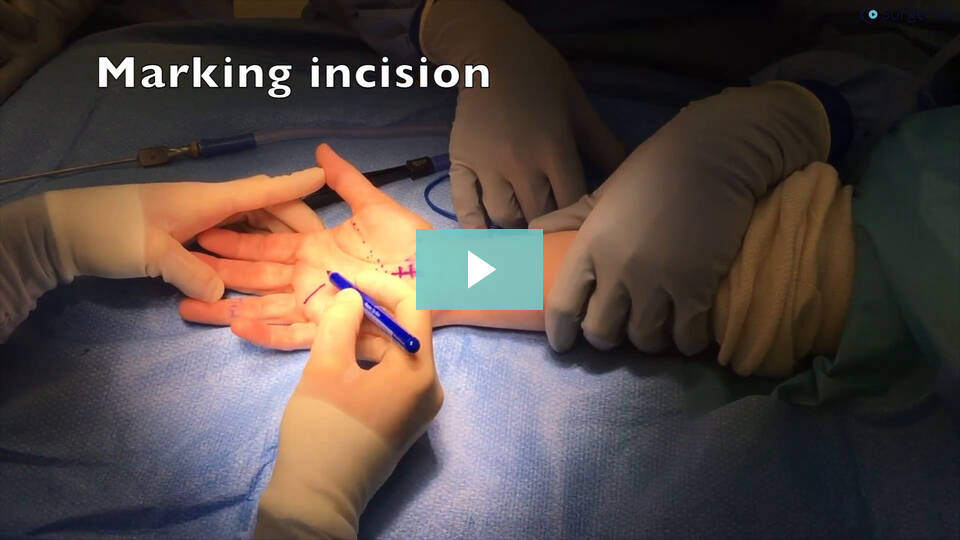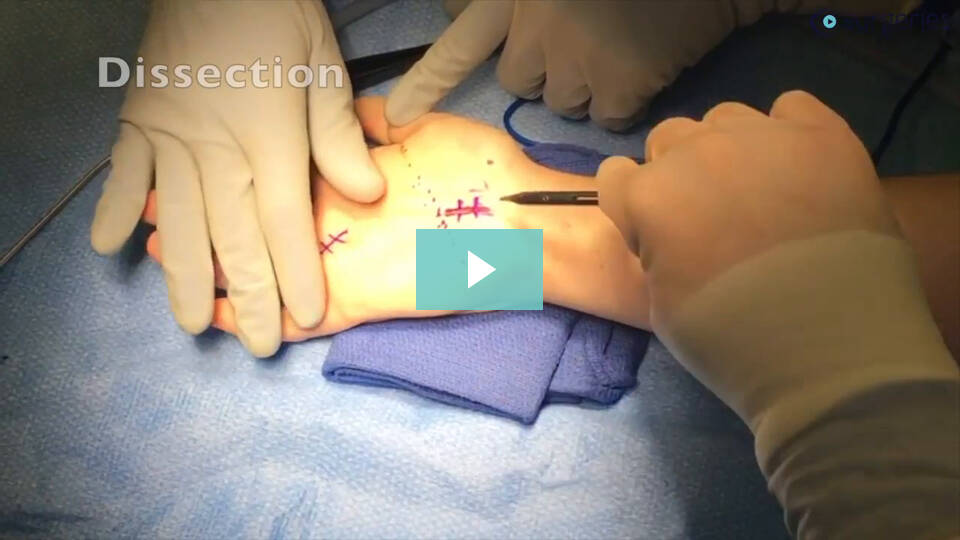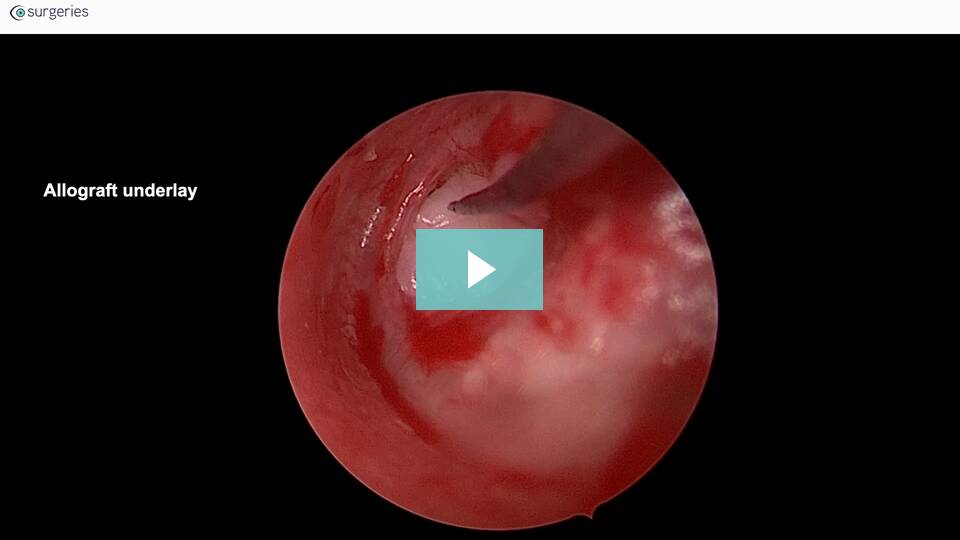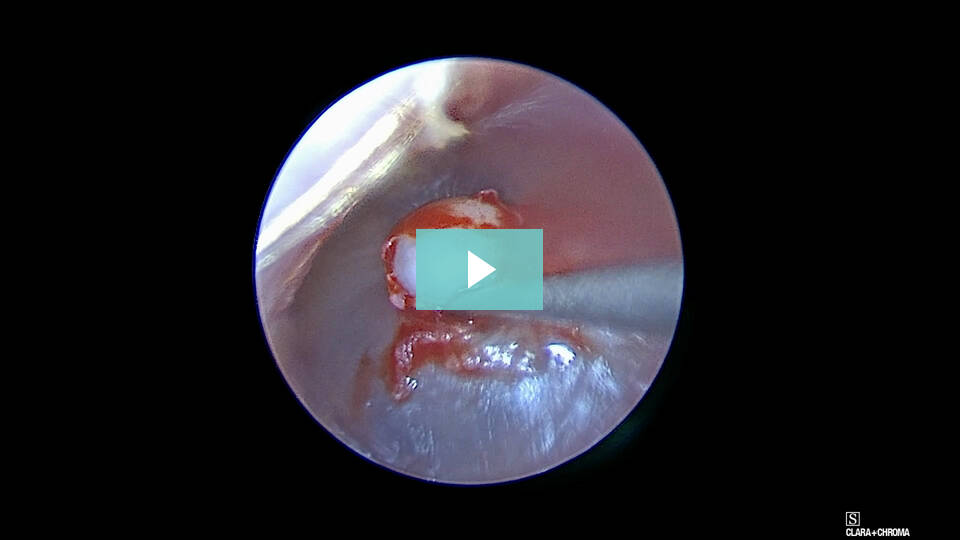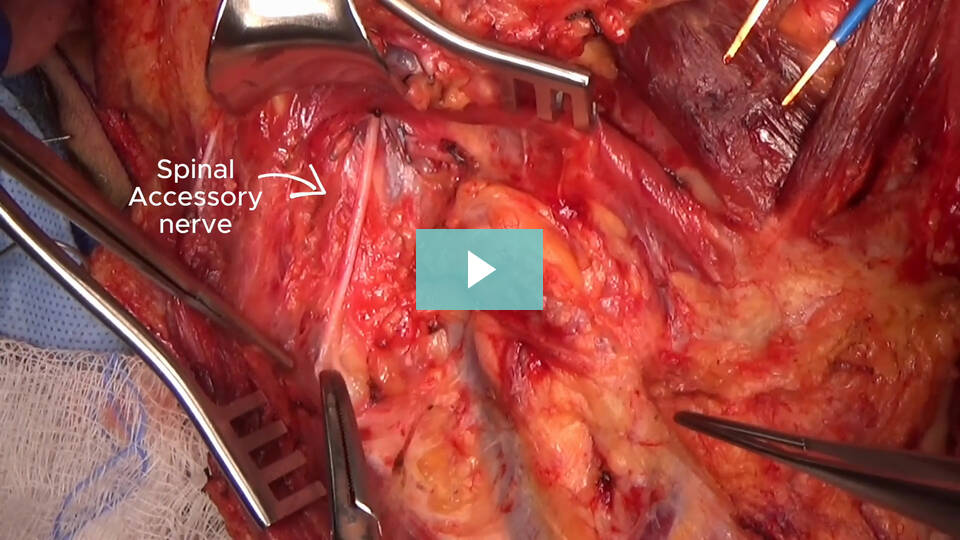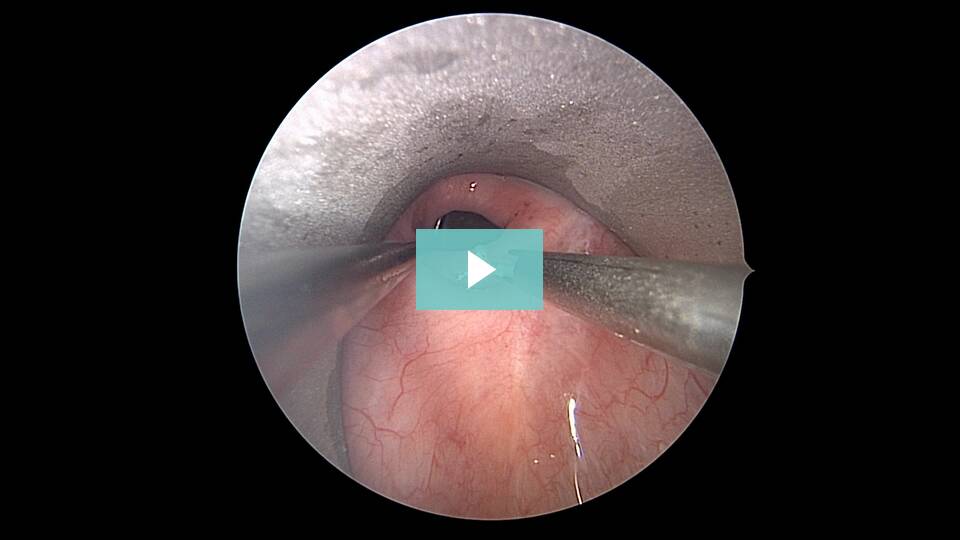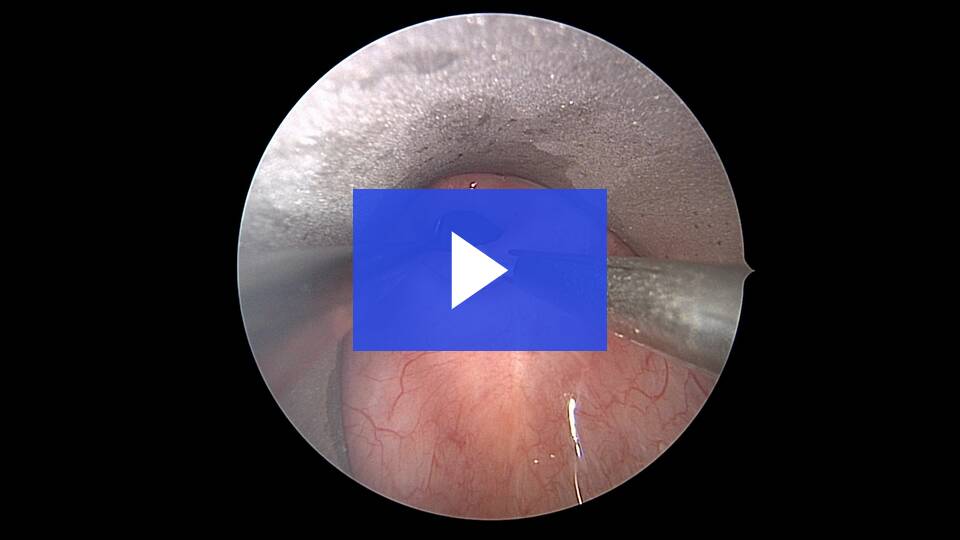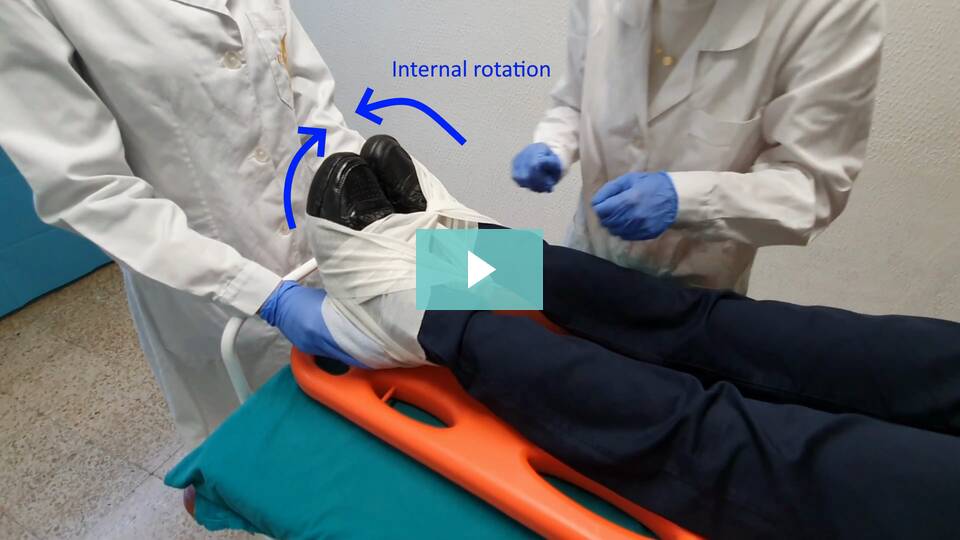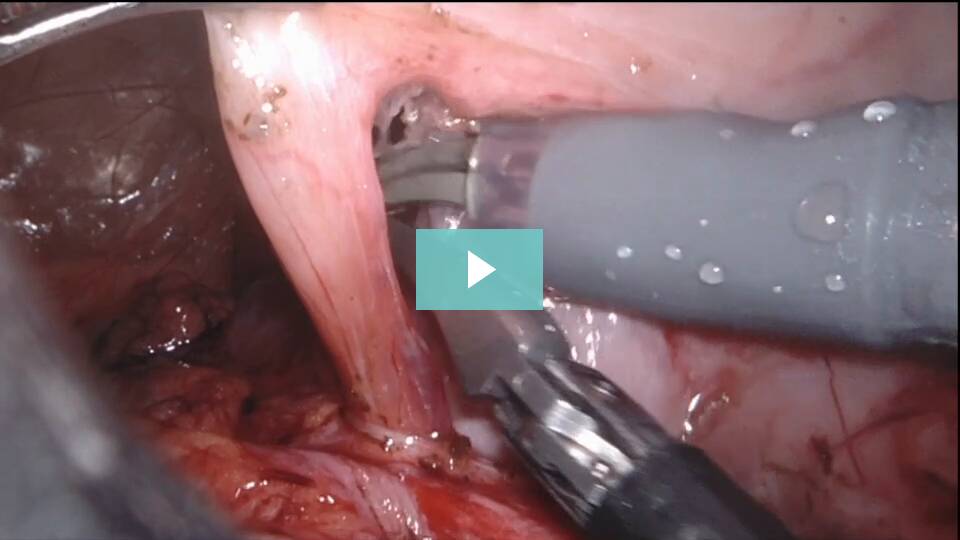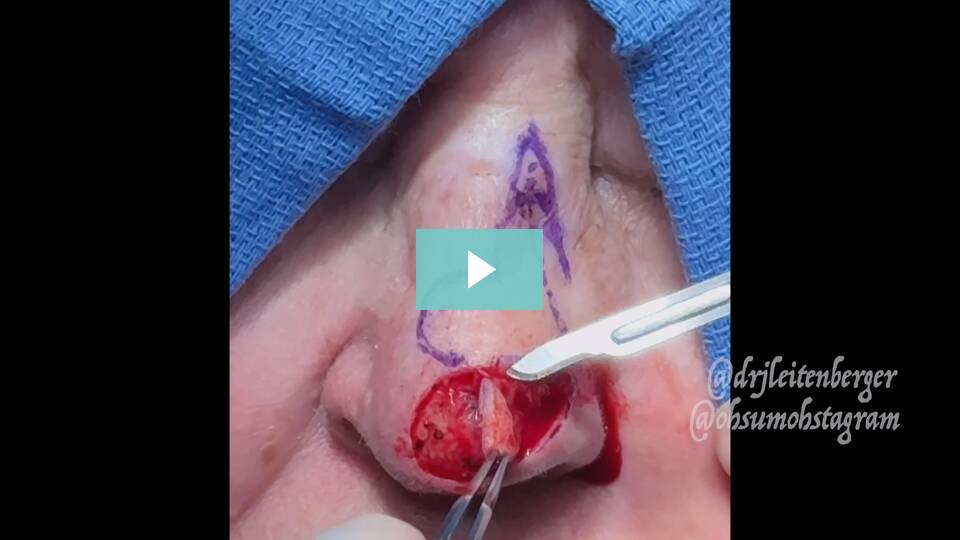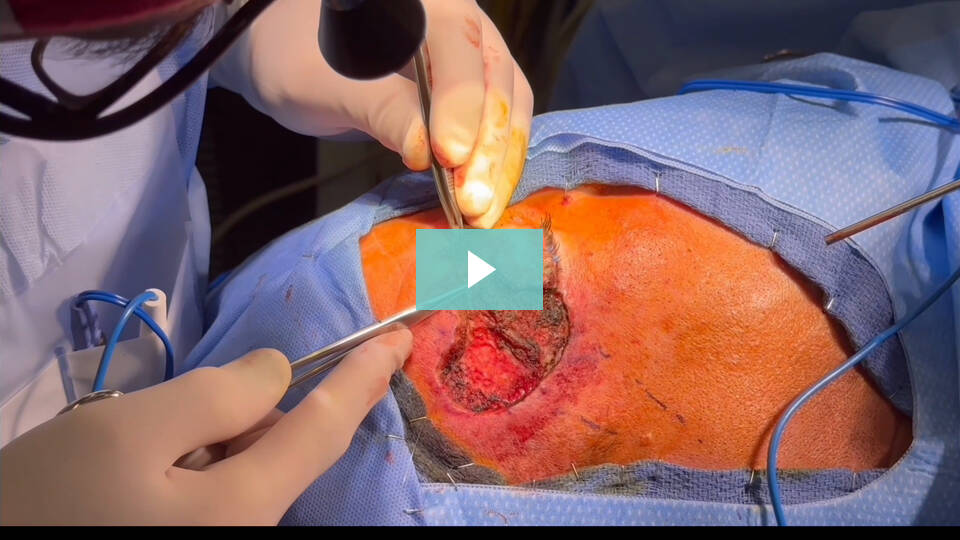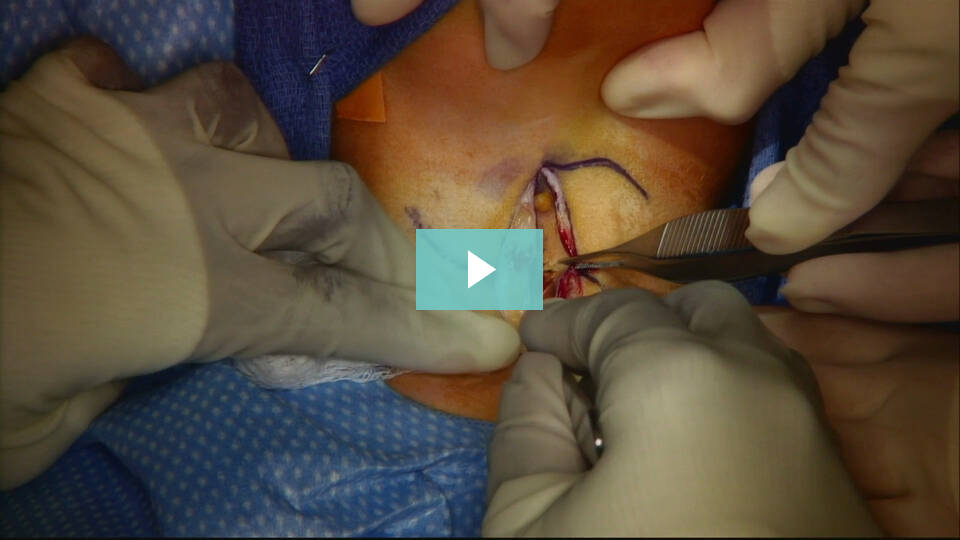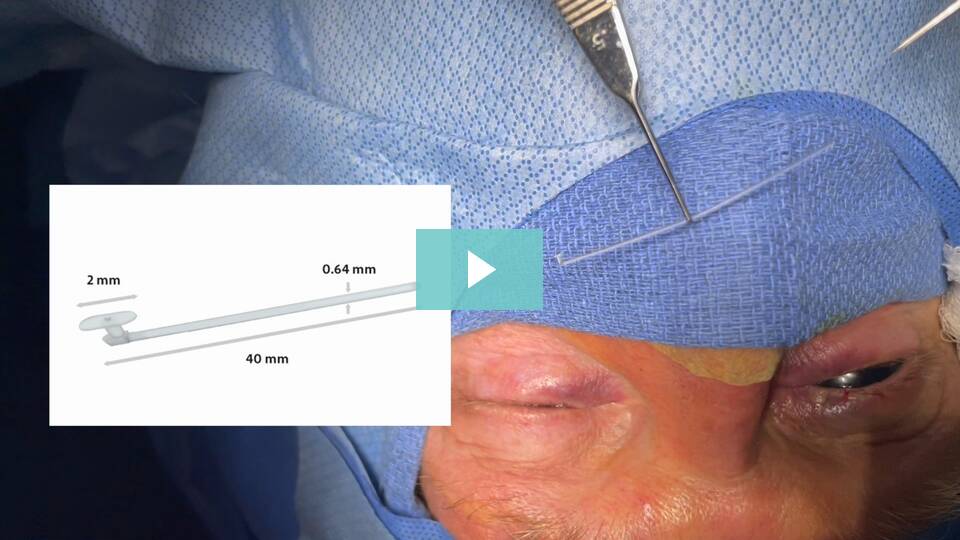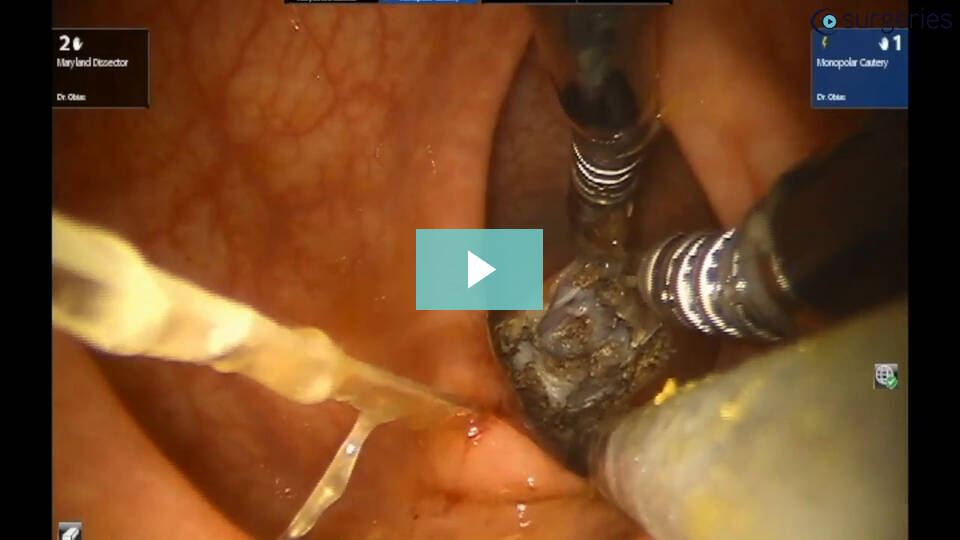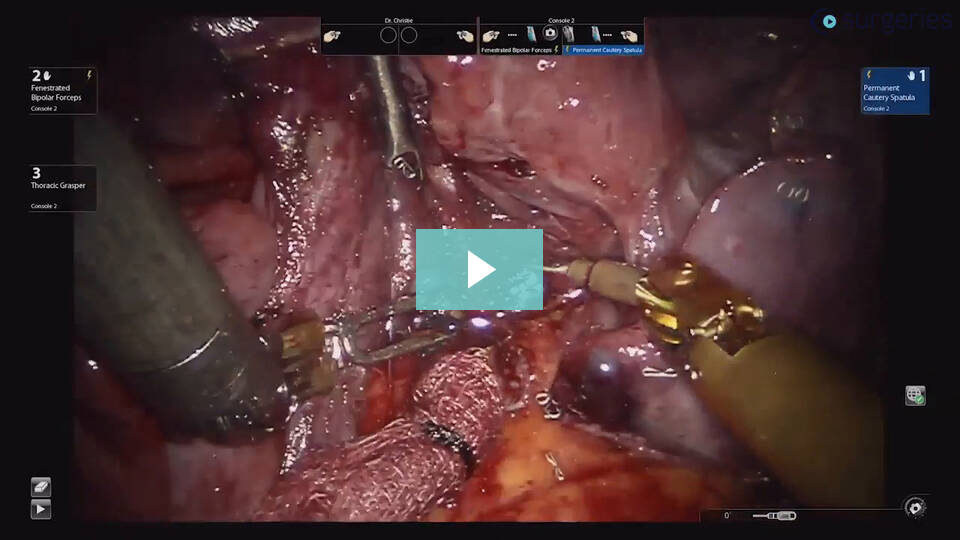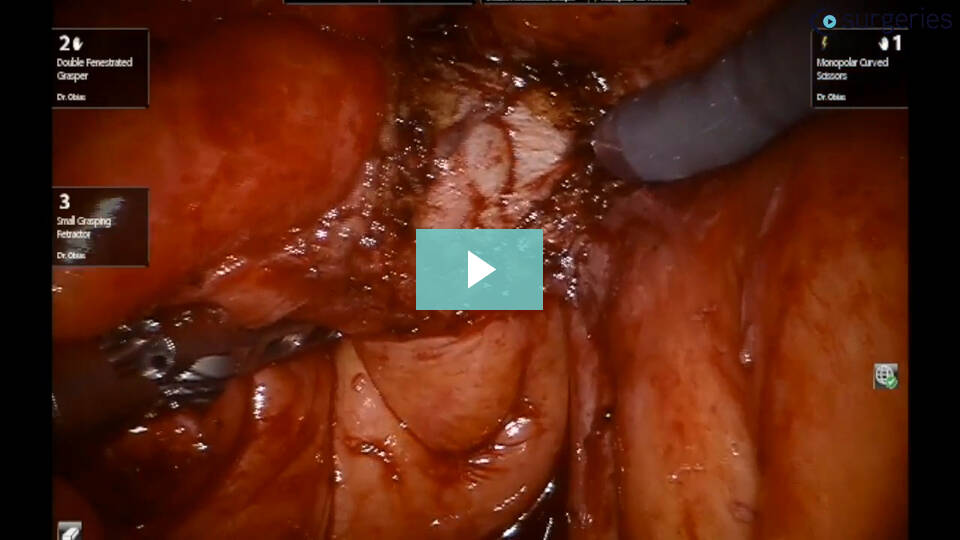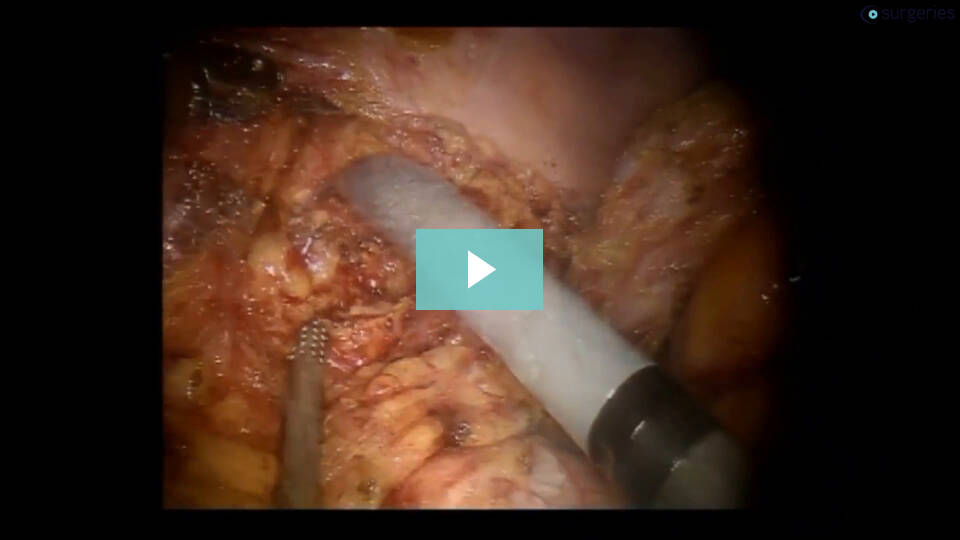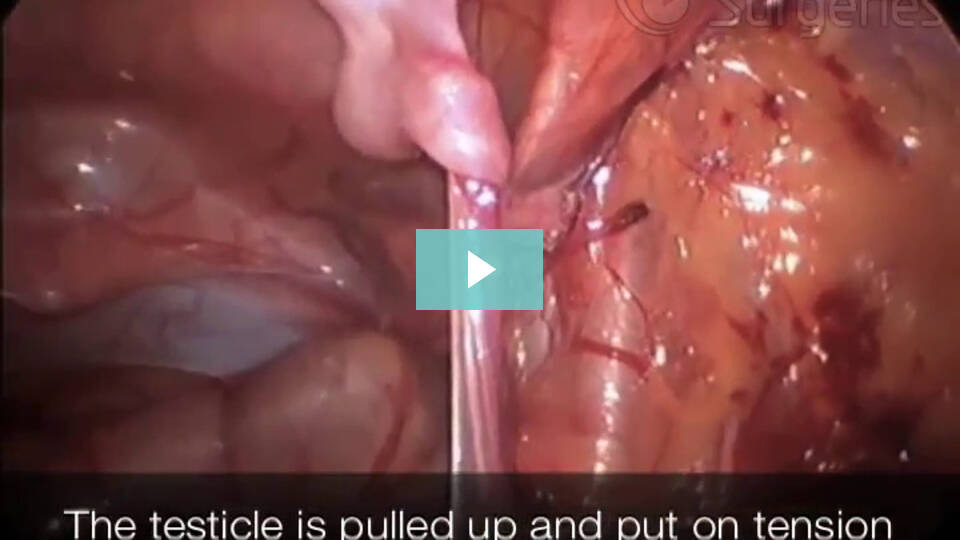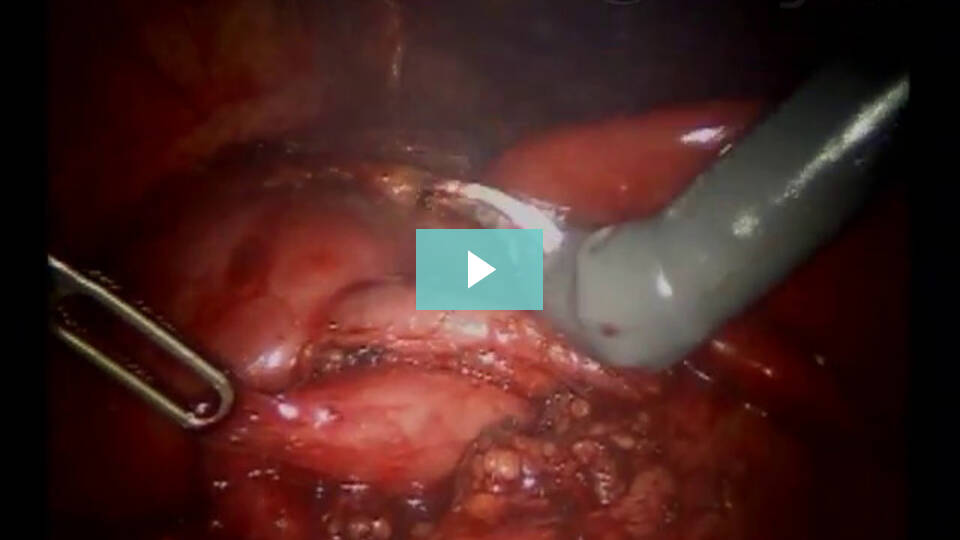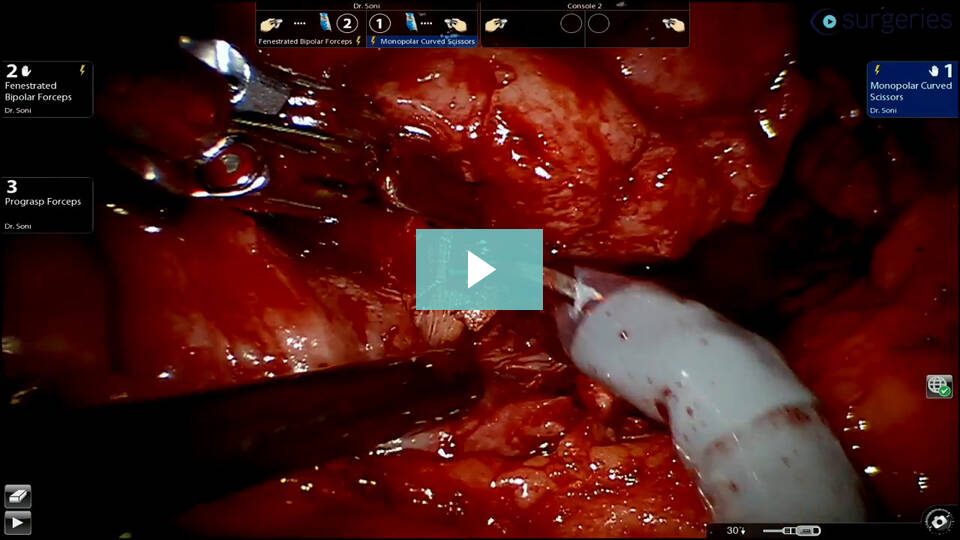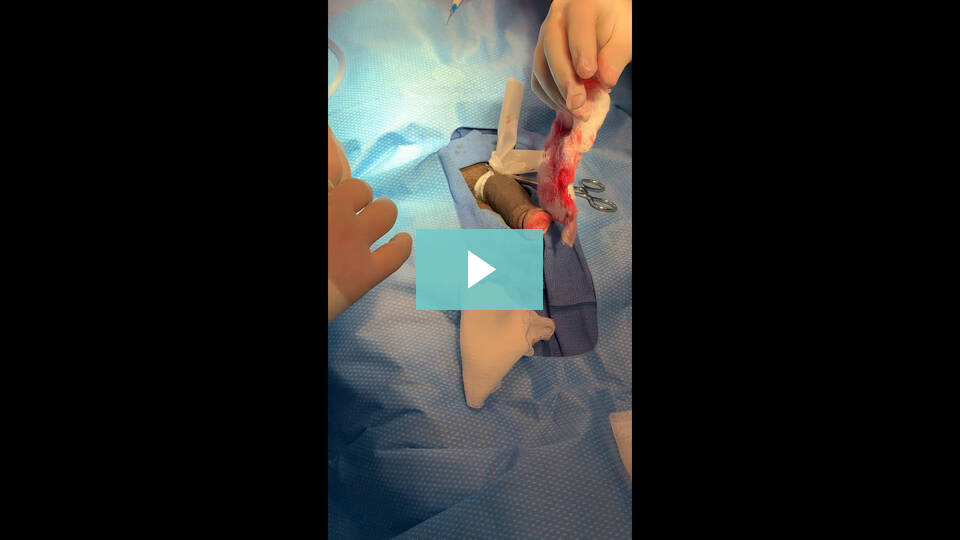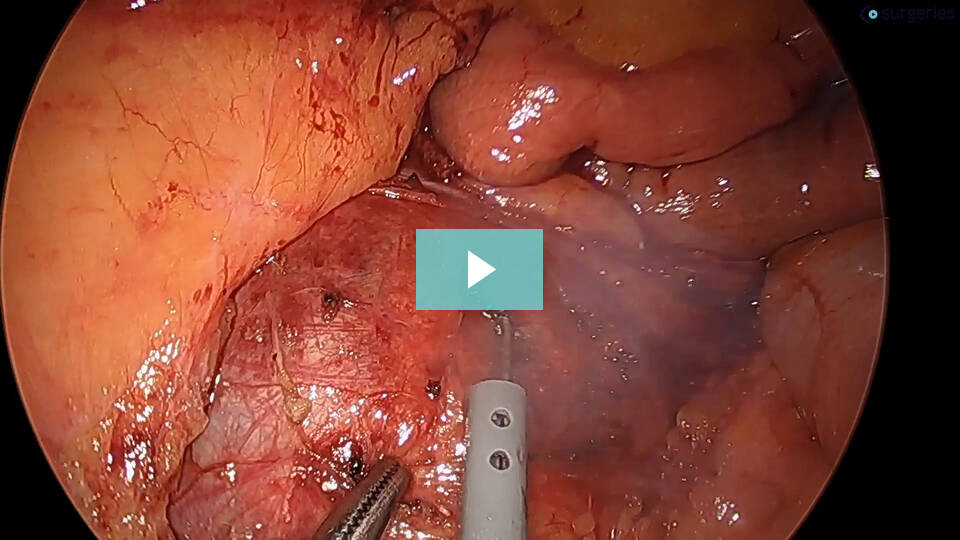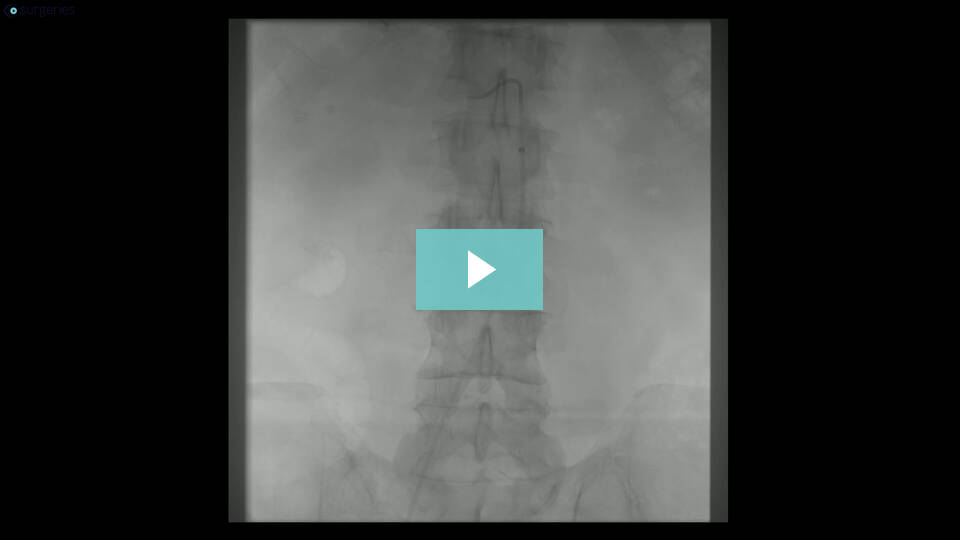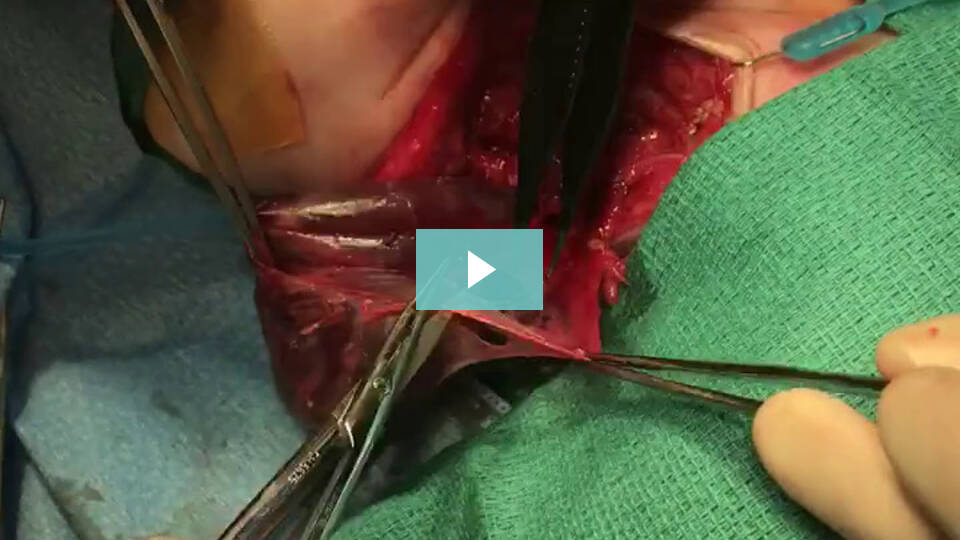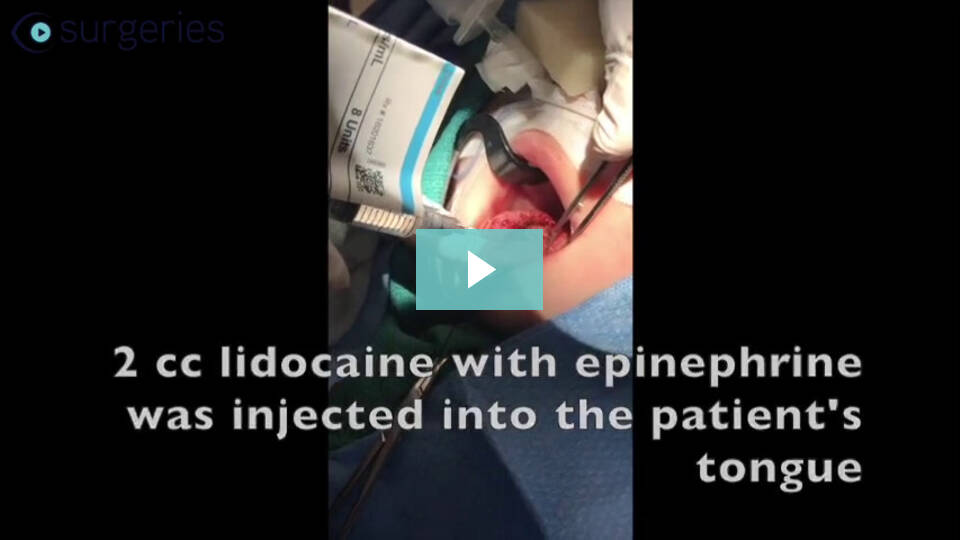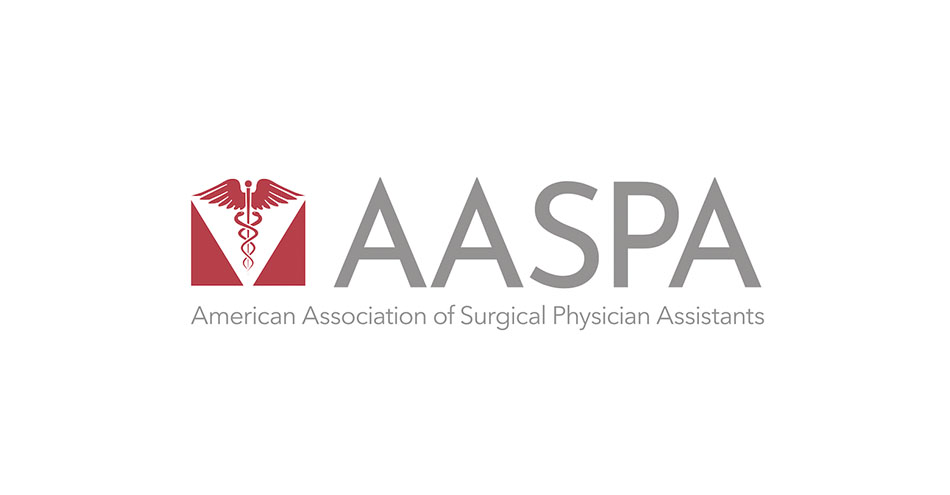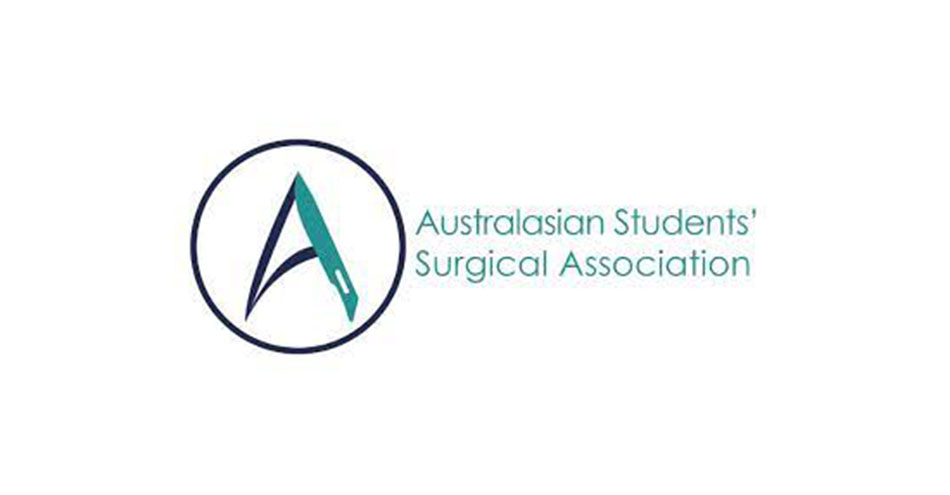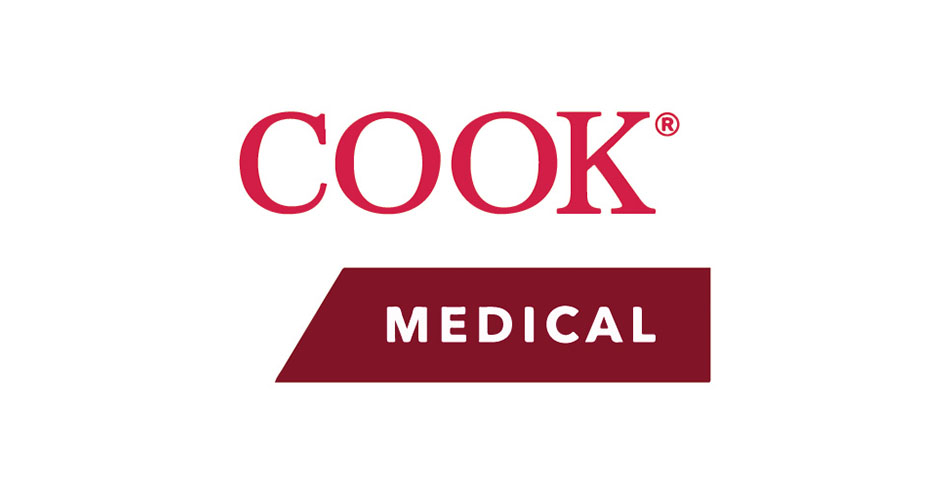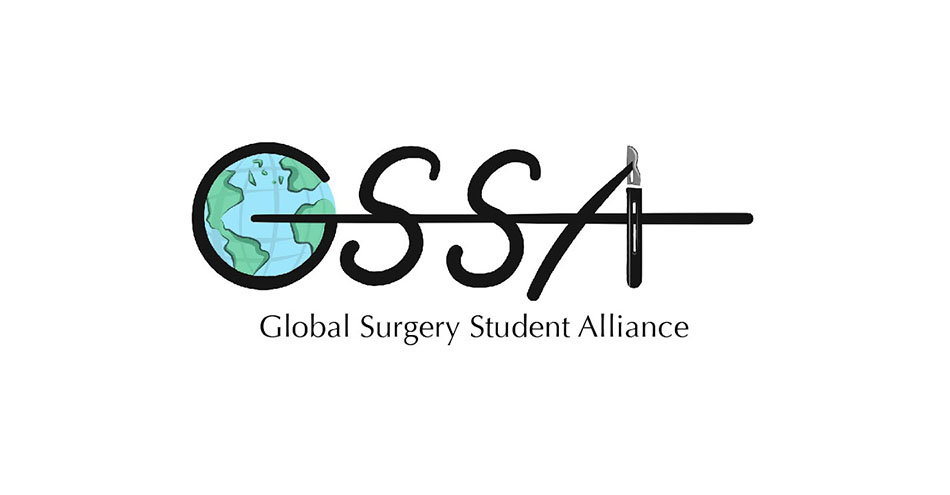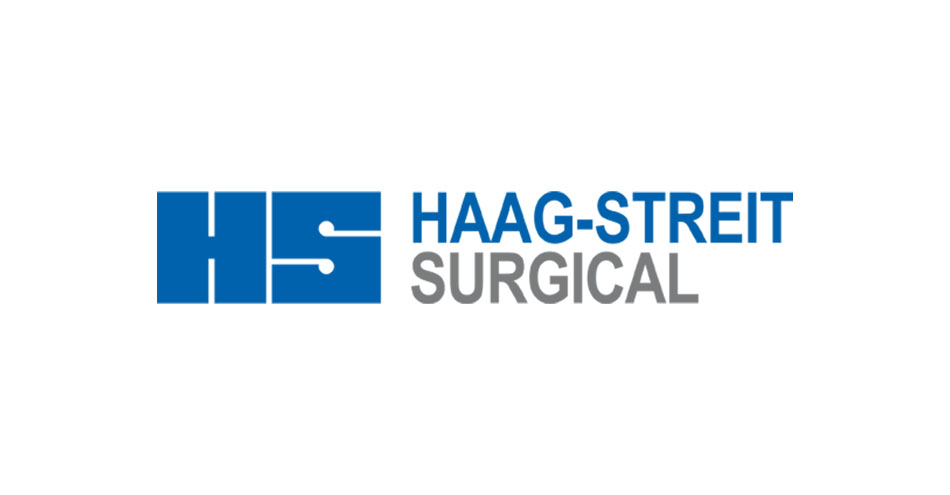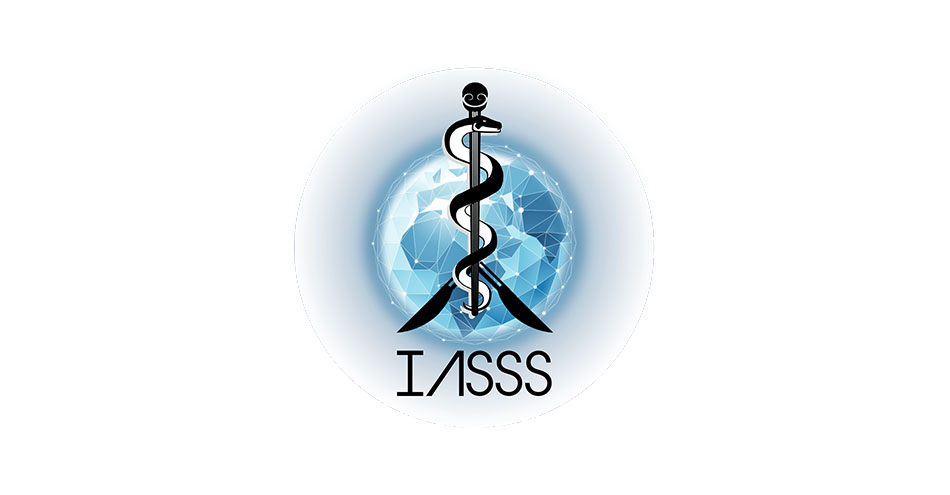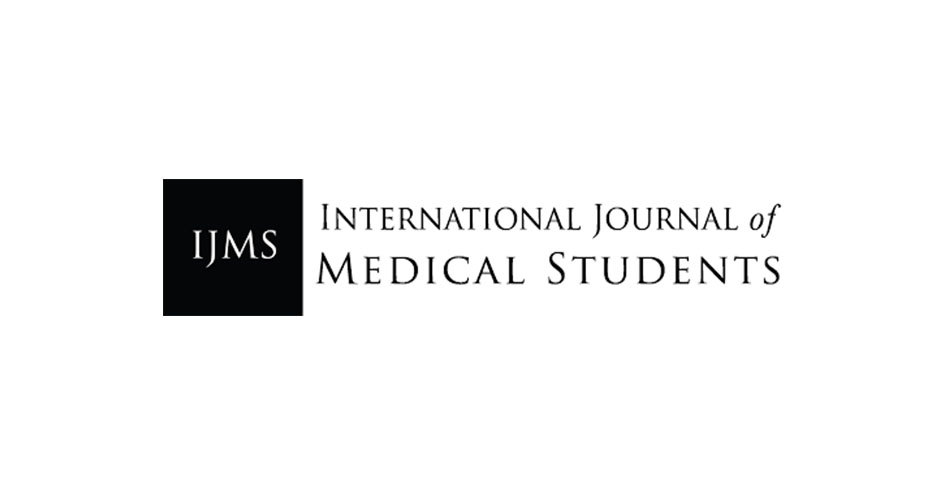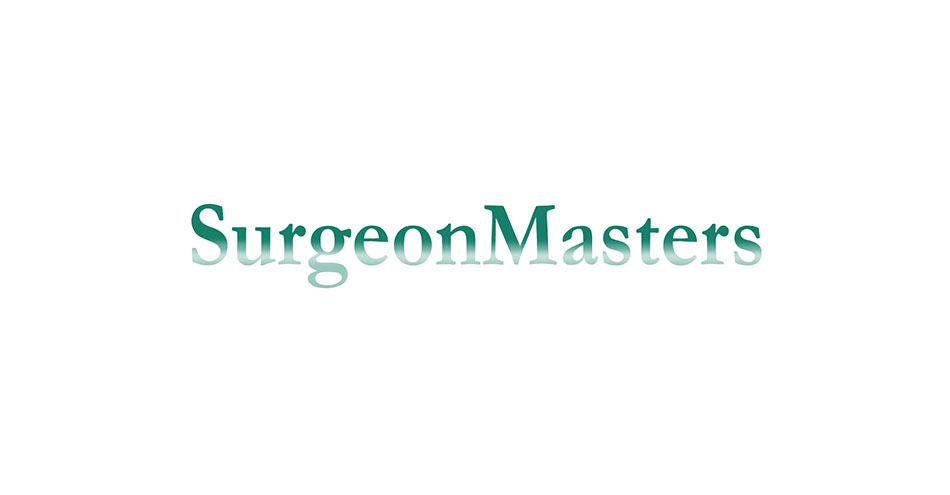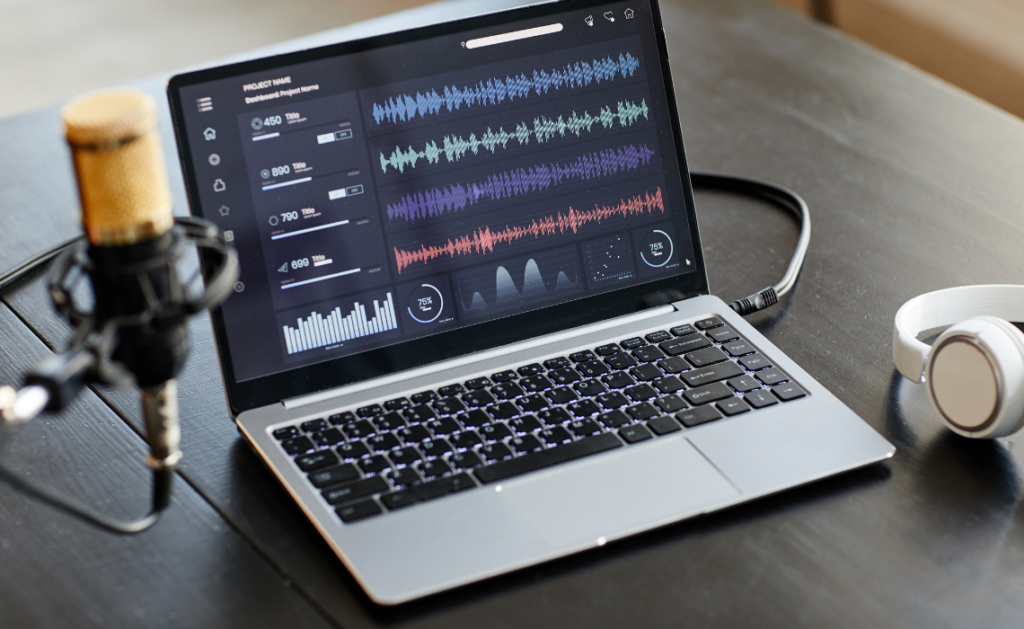The leading global platform for peer-reviewed surgical videos
Recently Added
Our Latest and Most Popular Videos
Intracapsular tonsillectomy (tonsillotomy) offers significant advantages over the extracapsular approach. By preserving residual tonsillar tissue and the capsule as a biological dressing, it protects the underlying musculature with its vessels and nerves, while delivering equivalent clinical outcomes with reduced complications of postoperative pain, dehydration, and bleeding. There is no standardized approach in performance of a tonsillotomy , unlike the extracapsular approach. Additionally, when performing a tonsillotomy on large hypertrophied tonsils, visualizing the posterior pillar—often hidden behind tonsillar tissue—can be challenging, potentially putting this muscular structure at risk for damage and negating the advantages of a tonsillotomy. We describe a standardized technique for tonsillotomy using a midline split within the tonsillar tissue, creating a “coffee bean” appearance that serves as a pivot point for retraction. This approach allows for more accurate distinction between the posterior tonsil and the pillar, resulting in more precise ablation.
Watch the Full VideoLateral abdominal wall hernias refer to structural weaknesses in the muscles and fascia along the side of the abdomen. These defects are relatively rare and can be challenging to diagnose due to their location and often subtle presentation. Patients may experience localized pain or discomfort. The aim of this presentation is to describe a case of a patient with a lateral Spigelian hernia and to demonstrate a minimally invasive technique for its correction.
Watch the Full VideoThis is the rigid bronchoscopy assembly guide video for the removal of airway foreign body. Every piece is custom design so they only fit into one place. The light prism is placed just one slide, so it does not block the lumen from the Endoscope. This is required if the bronchoscope is been used with the glass window attached to it. Next is the flexible suction catheter adapter. This just snaps in the place. The adapter allows for small flexible suctions or other instruments to pass the bronchoscope. Endoscope adapter has a locking mechanism to lock it in place. Again. There are many size and shape combinations between bronchoscopes and endoscopes, It is suggested to take some time to test out instrumentation so that you prepare before an emergency occurs. It’s now time to select your ideal optical force and tested through the bronchoscope. The correct choice depends on your foreign body. Sometimes this is unknown, so it’s perfectly fine to have them ready to go at the start of the case. It’s time to make sure that they all work correctly before the patient arrives the room, which is the most important part of the set up. Make sure the scope has good light for this age. Look through the Endoscope with your eye to make sure there are no obstruction to review, and the Endoscope is not broken. Next check the functionality of your optical forces to see if the tips come together. Well, these fragile instruments and tips can easily bend. If they are. They may not be able to grab your foreign body well. Please be sure to connect your telescope with the light cable. This whole assembly can then be passed on the Bronchoscope.
Watch the Full VideoThis video demonstrates a myringoplasty procedure using Neox RT - a human birth tissue allograft - to repair a tympanic membrane perforation in a pediatric patient. Neox RT is indicated as a wound covering for dermal ulcers or defects, but it holds further utility for myringoplasty. Birth tissue contains growth factors that stimulate epithelialization, as well as extracellular proteins that furnish scaffolding material for wound repair. These properties make it a natural and appealing option to induce tympanic membrane regeneration and healing.
We employ a “sandwich” technique, in which pieces of the allograft are placed both medial and lateral to the perforation. Simple overlay and underlay techniques have been tried with success, but the allograft is packaged as a single piece that affords enough material to craft two smaller pieces. The simultaneous placement of medial and lateral grafts not only avoids waste but may increase success.
Both pieces are trimmed to be slightly larger than the perforation. After freshening the edges of the perforation with a Rosen pick and partially filling the middle ear with dry, absorbable gelatin sponge, trimmed pieces of allograft are inserted sequentially in underlay and overlay fashion to remain medial and lateral to the perforation. Both the underlay and overlay pieces cover the perforation and overlap the native tympanic membrane around the perforation. More absorbable sponge is then inserted lateral to the graft to hold it in place against the tympanic membrane. Finally, antibiotic drops and bacitracin ointment are placed in the canal.
Watch the Full VideoDouble-chambered right ventricle repair for an adolescent male who presented with a subaortic perimembranous ventricular septal defect, a subaortic membrane with associated left ventricular outflow tract obstruction, and a double-chambered right ventricle. This video highlights a VSD patch closure and the surgical resection of the subaortic membrane and RVOT muscle bundles.
Watch the Full VideoIntroduction Neck dissection stands as a crucial surgical procedure predominantly utilized in addressing head and neck cancers. It involves the methodical elimination of lymph nodes and potentially adjacent tissues to curb cancer dissemination. This procedure can be delineated into several types based on the extent of surgery and the structures targeted, including radical neck dissection (RND), modified radical neck dissection (MRND), selective neck dissection (SND), and extended neck dissection.[1] Neck dissection is recommended for various conditions such as metastatic neck cancer, cancers affecting the oral cavity, pharynx, larynx, or thyroid with a high risk of lymphatic spread, and as a prophylactic measure in cases of head and neck cancers with a high risk of occult metastasis.[1] Understanding the anatomy of the cervical lymphatic system, which is divided into distinct levels (I-VII) each containing specific groups of lymph nodes, is essential for conducting effective neck dissection.[2,3] The radical neck dissection (RND), introduced by George Crile Sr. in 1906, was long regarded as the standard treatment for metastatic neck disease.[2,4] However, modifications to the procedure have been developed over time to reduce associated morbidity while ensuring oncological safety.[1] Surgical procedure The surgical procedure of neck dissection typically involves a series of steps: an incision is made along an existing neck crease, subplatysmal flaps are then elevated to expose underlying anatomical structures and lymph nodes, different groups of lymph nodes are systematically removed depending on the type of dissection, and finally, the surgical site is closed in layers with the placement of a drain.[4] Complications of neck dissection may include nerve damage resulting in shoulder dysfunction, bleeding and hematoma formation, infection and issues with wound healing, as well as the development of lymphedema.[1] Conclusion Neck dissection is a vital procedure in the management of head and neck cancers, designed to remove lymph nodes that may harbor metastatic disease. The type of neck dissection performed is tailored to the extent of disease and the need to preserve function and reduce morbidity. A thorough understanding of the anatomy and careful surgical technique are essential to optimize outcomes and minimize complications. References Harish K. Neck dissections: radical to conservative. World J Surg Oncol. 2005 Apr 18;3(1):21. doi: 10.1186/1477-7819-3-21. PMID: 15836786; PMCID: PMC1097761. Jiang, Z., Wu, C., Hu, S. et al. Research on neck dissection for oral squamous-cell carcinoma: a bibliometric analysis. Int J Oral Sci 13, 13 (2021). https://doi.org/10.1038/s41368-021-00117-5 Rigual NR, Wiseman SM. Neck dissection: current concepts and future directions. Surg Oncol Clin N Am. 2004;13(1):151-166. doi:10.1016/S1055-3207(03)00119-4 Antonio Riera March, M. (2023, November 28). Radical neck dissection. Background, History of the Procedure, Problem. https://emedicine.medscape.com/article/849895-overview?form=fpf
Watch the Full VideoIntroduction: Cricopharyngeal dysfunction (CPD) is a spectrum disorder encompassing multiple entities that ultimately result in dysphagia as a result of disruption of the normal anatomy or physiology of upper esophageal sphincter. It is a known and well described cause of dysphagia in adults, however, it’s role in pediatric dysphagia is less clear and limited to mostly small case series.1 Despite it’s relatively low prevalence, the complex pediatric otolaryngologist must be aware of this entity and it’s management. We discuss a complex case of CPD with an associated cricopharyngeal bar and pharyngeal diverticulum, as well as our successful endoscopic surgical approach highlighting the principles of CPD management in children. Case Presentation: We present a 21 month of female with a history of DiGeorge Syndrome and oropharyngeal dysphagia. Despite appropriate conservative measures including feeding therapy and diet thickening modification, as well as attempted Botox injection, the patient continued to demonstrate dysphagia. It was also noted on her swallow study that she had a posteriorly based pharyngeal diverticulum that potentially served as an aspiration reservoir. The decision was made to proceed with endoscopic cricopharyngeal division and diverticulum marsupialization. Technique: With the patient intubated, a Lindholm laryngoscope was placed posteriorly into the hypopharynx, elevating the larynx and allowing visualization of the upper esophageal sphincter and isolation of the cricopharyngeal bar. A non- contact CO2 laser fiber at 2W continuous spray was then used to divide the cricopharyngeal bar layer by layer making sure to isolate the muscle and not create a pharyngotomy. Standard laser safety precautions were followed. Tension was maintained using a right-angle hook allowing for optimal laser division. This was continued until the entirety of the bar was divided. At this point, the posterior pharyngeal diverticulum was identified. Again, with the use of a right angle probe for traction and depth assessment, The anterior wall of the diverticulum was divided. This was continued until the diverticulum was fully marsupialized and in continuity with the posterior pharyngeal wall into the esophageal inlet. Post operatively the patient was extubated and observed overnight in the hospital Swallow study three weeks later demonstrated normalization of the flow of bolus through the UES as well as resolution of the previously seen diverticulum. Conclusion: Cricopharyngeal Dysfunction (CPD) is an uncommon but recognized cause of pediatric dysphagia with multiple treatment options of varying success. Endoscopic CO2 laser division is a viable and effective treatment option for this condition.
Watch the Full VideoA 3 yo girl was referred to the ENT clinic after her PCP noticed an abnormal TM on the left. She has a history of a 2 ear infections prior to presentation. She is asymptomatic, with no pain and no drainage from her TM. Her audiogram was normal. Her physical eventually revealed the presence of a relatively large keratin pearl on her TM, without obvious middle ear effusions. After a short period of observation the family decided to have it removed. The case was performed endoscopically in a trans-canal approach. The lesion was dissected mainly with a straight pick. The fibrous layer underneath was found to be intact and no myringoplasty was necessary. The patient was was seen again 2 months post-op and her TM was found to be normal with a normal audiogram.
Watch the Full VideoFeatured Categories
The Scalpel Report
Dive into the latest surgical innovations and insights
with our curated monthly newsletter
Latest Webinars

Mervin L Trail Transoral Robotic Surgery (TORS) Symposium

2024 Esophageal Phase Dysphagia and Advanced Techniques of Dilation
Our Partners
CSurgeries videos feature talents from top surgical institutions, collaborations from organizations
as well as cutting-edge tools from leading surgical industry brands from around the world.


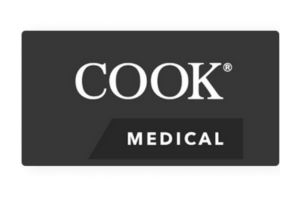














Articles and Blogs
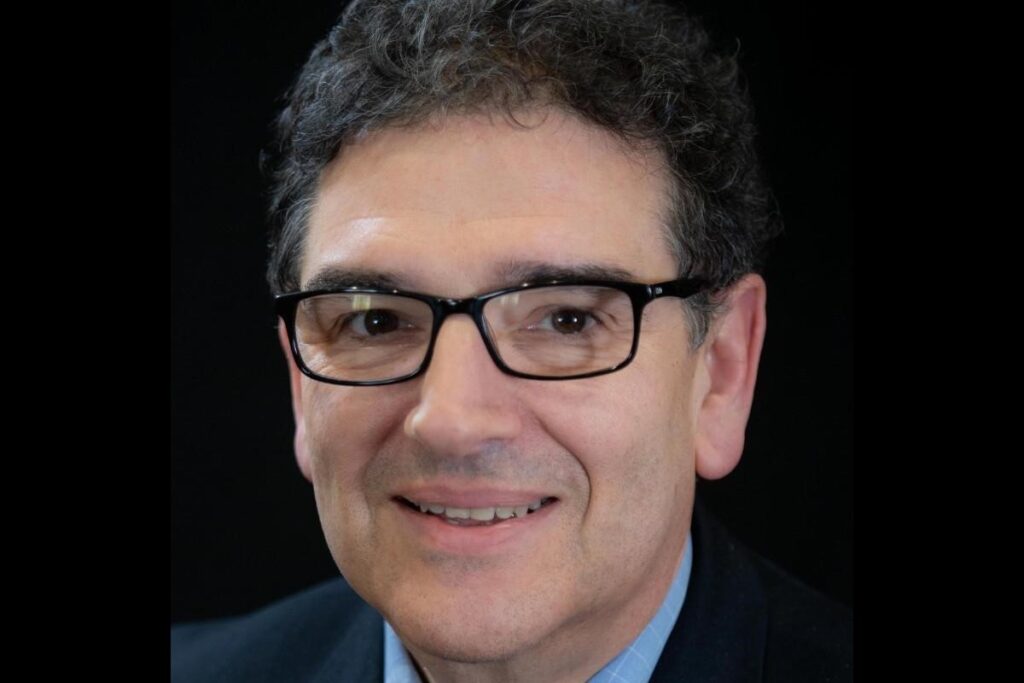
Leader Spotlight: Dr. Raymond J. Lanzafame

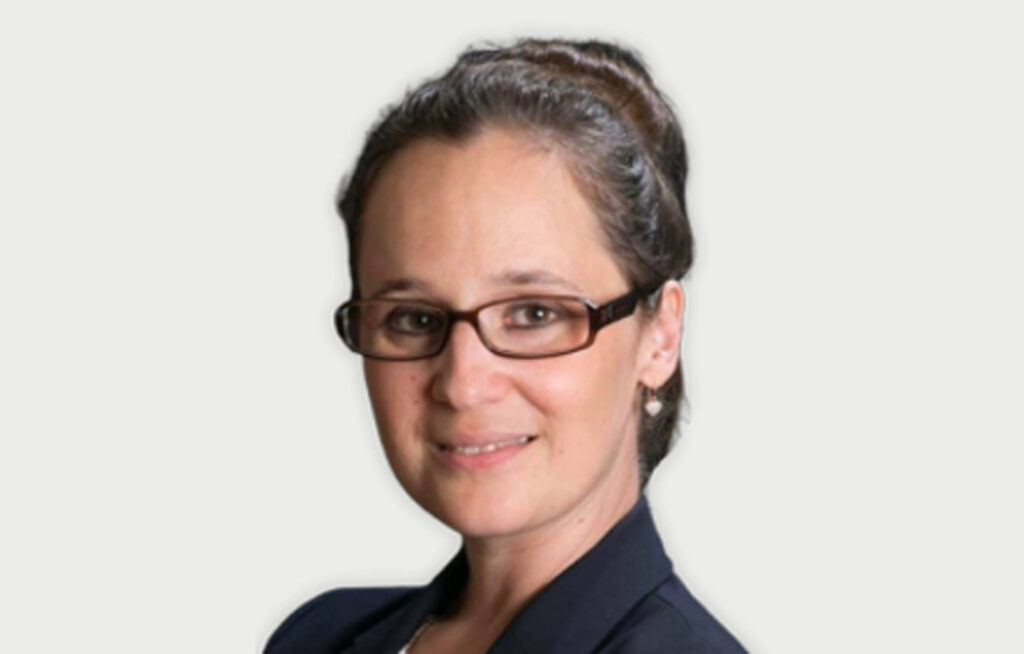
CSurgeries welcomes its new CSOO, Claudia Ecobici
Latest Webinars

Invest in the Future of Surgical Training
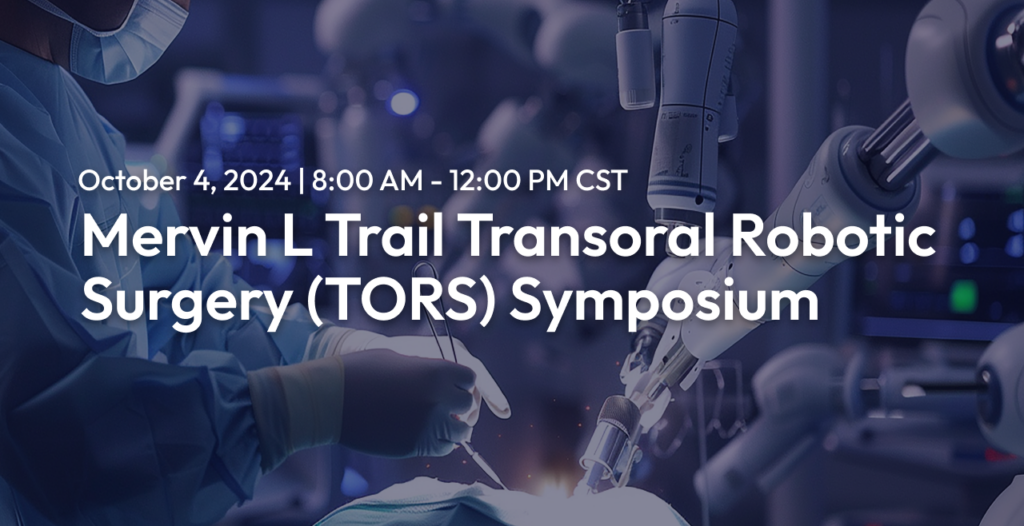
Mervin L Trail Transoral Robotic Surgery (TORS) Symposium
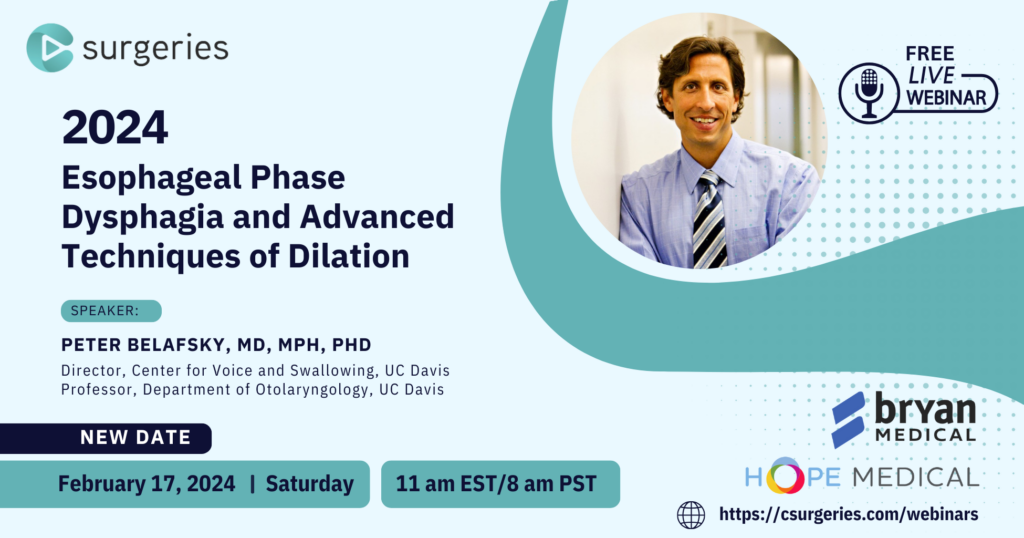
2024 Esophageal Phase Dysphagia and Advanced Techniques of Dilation
